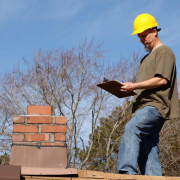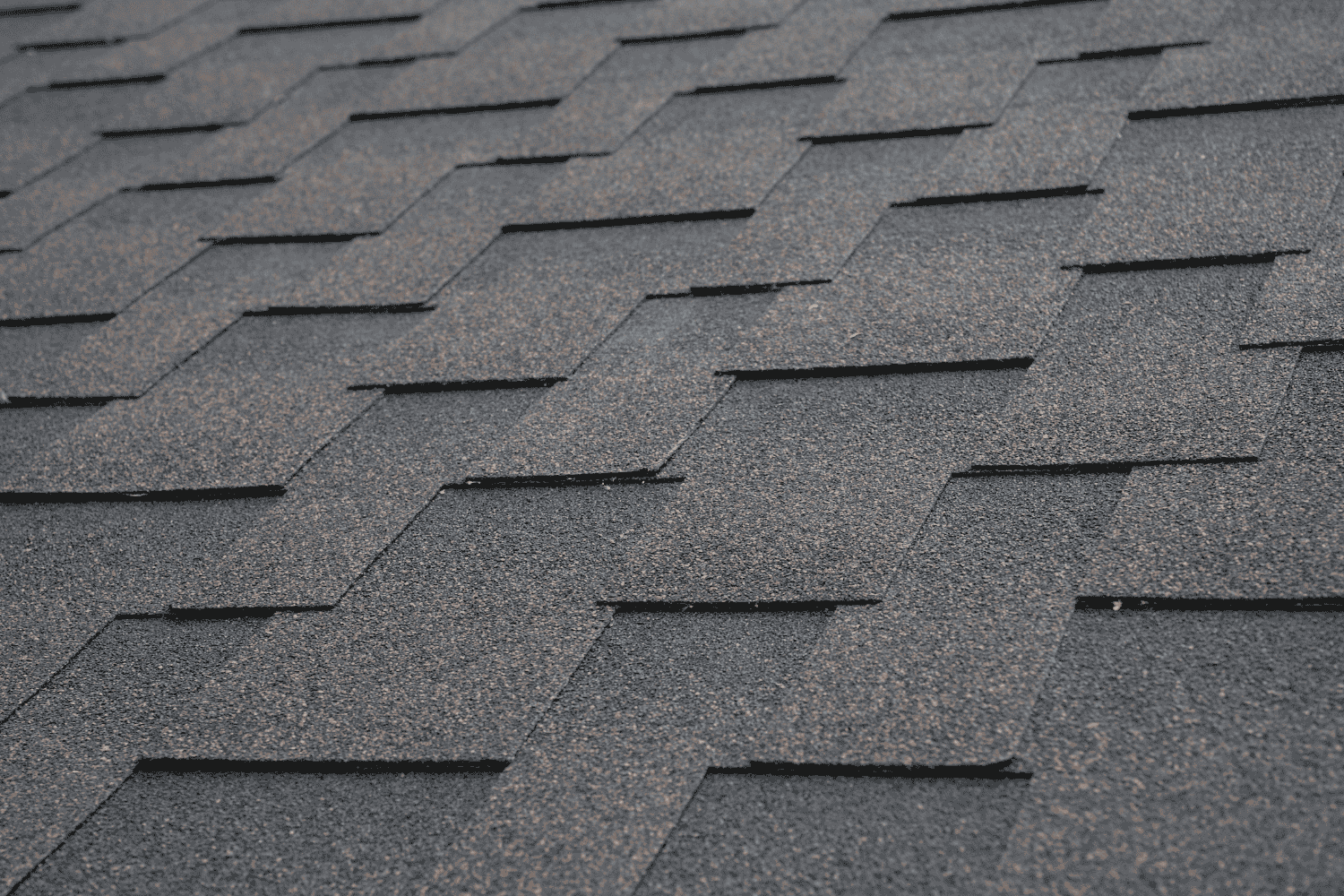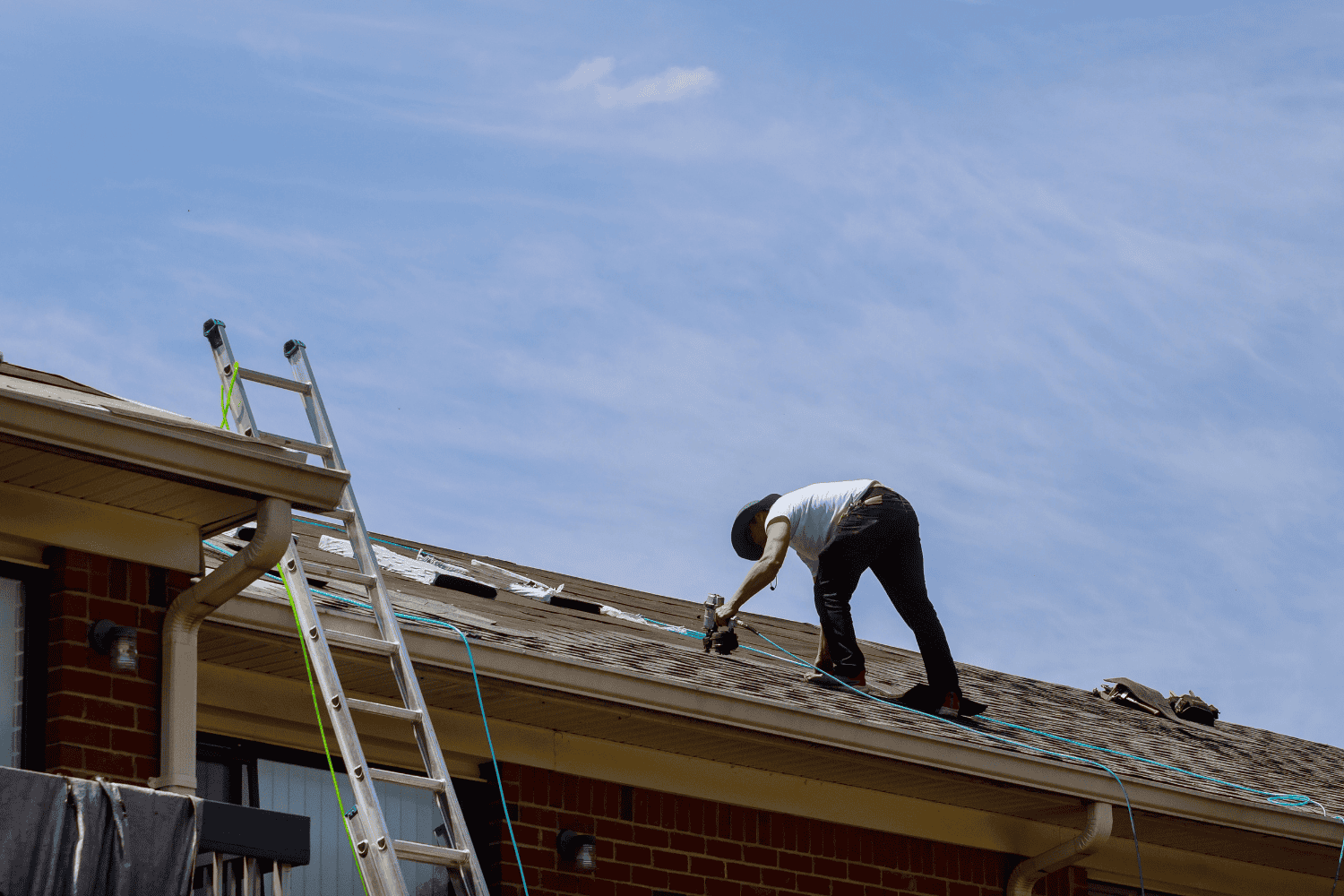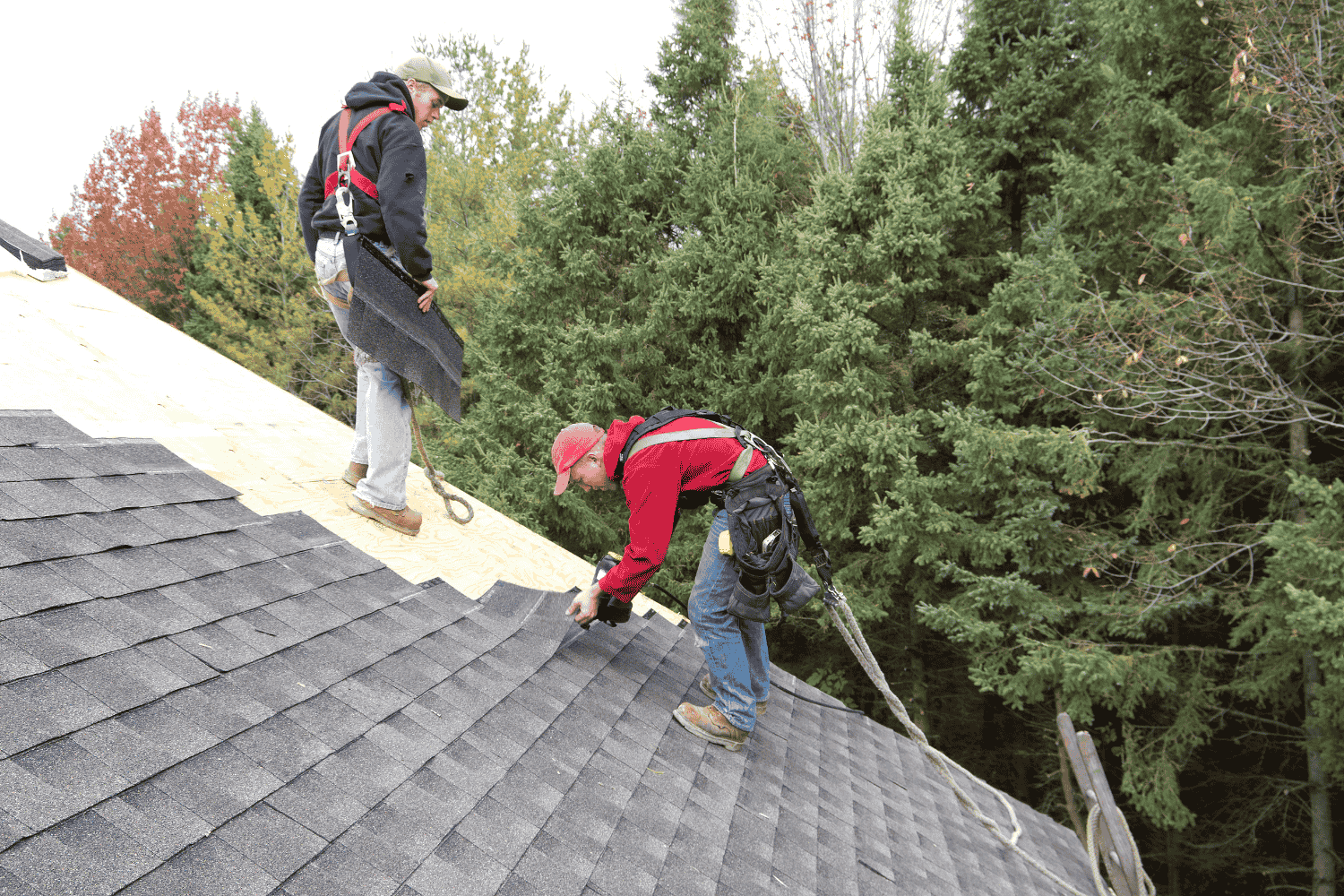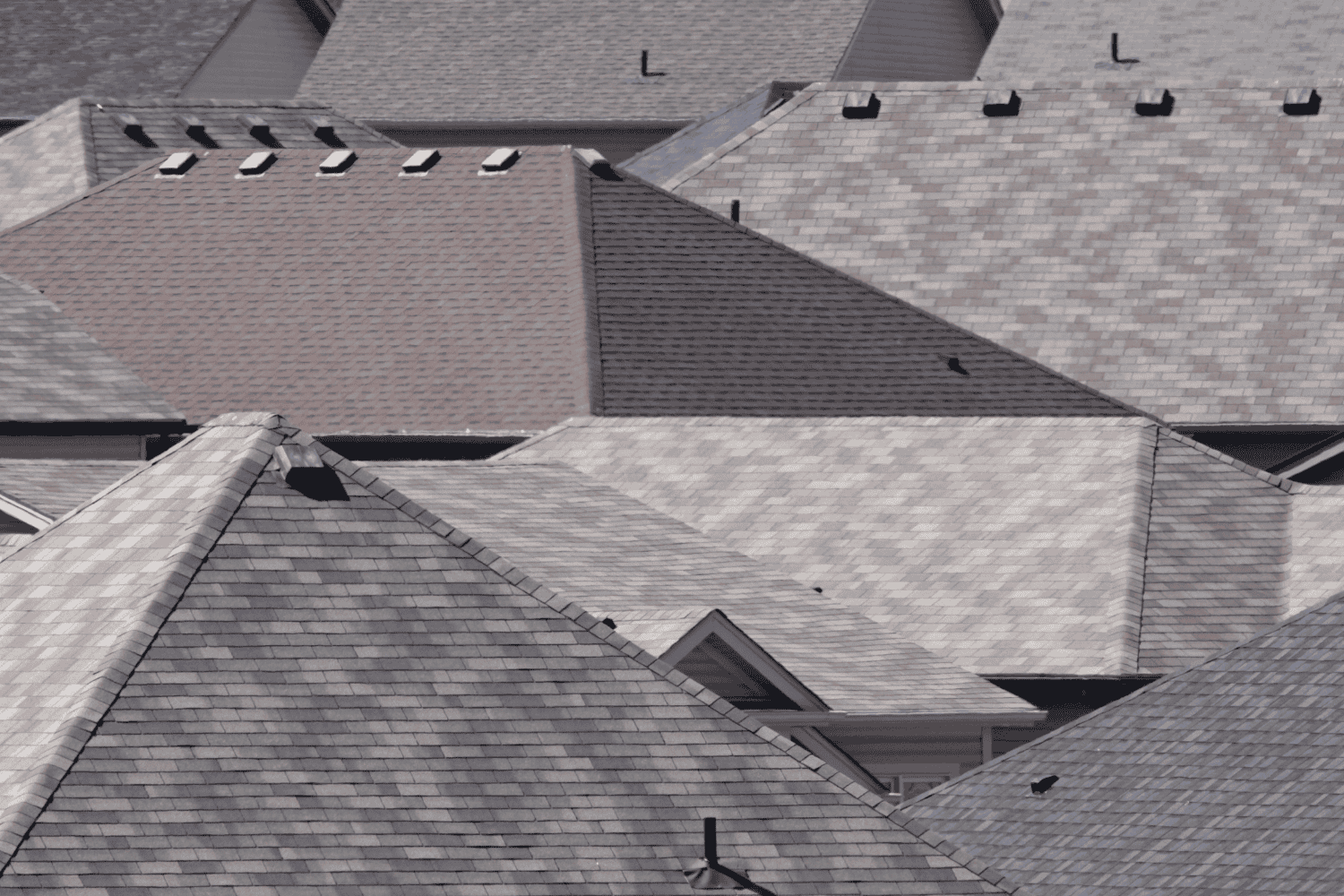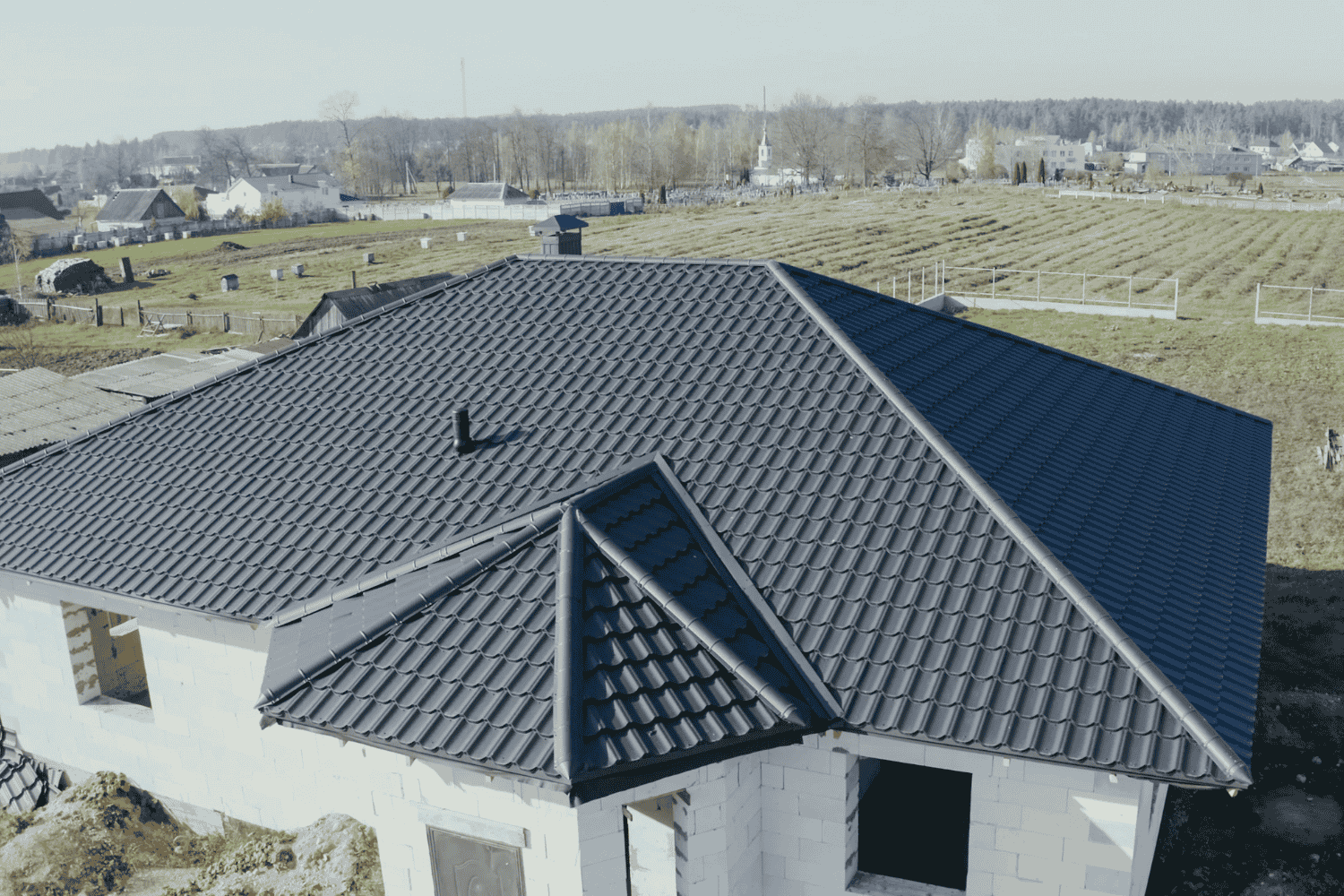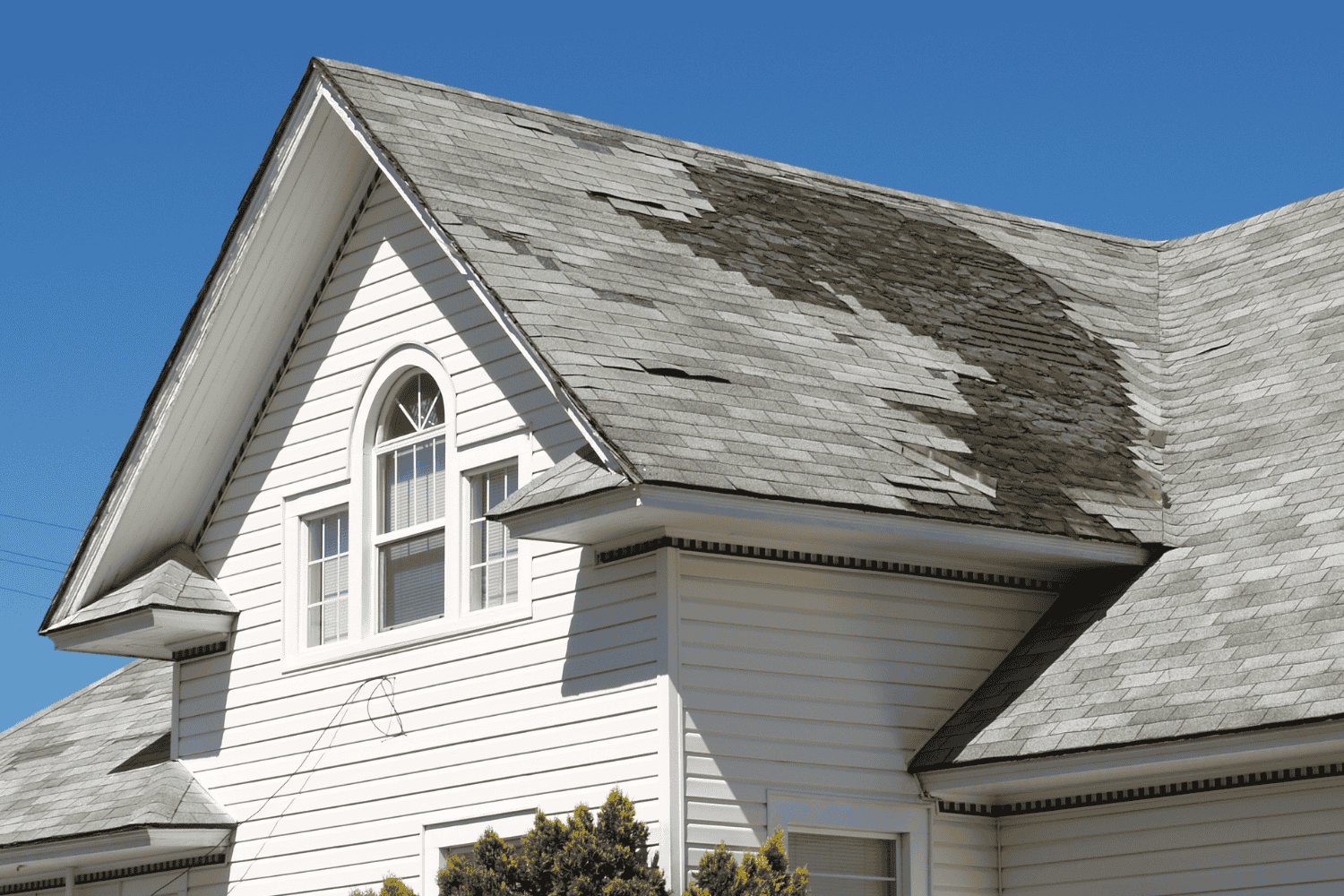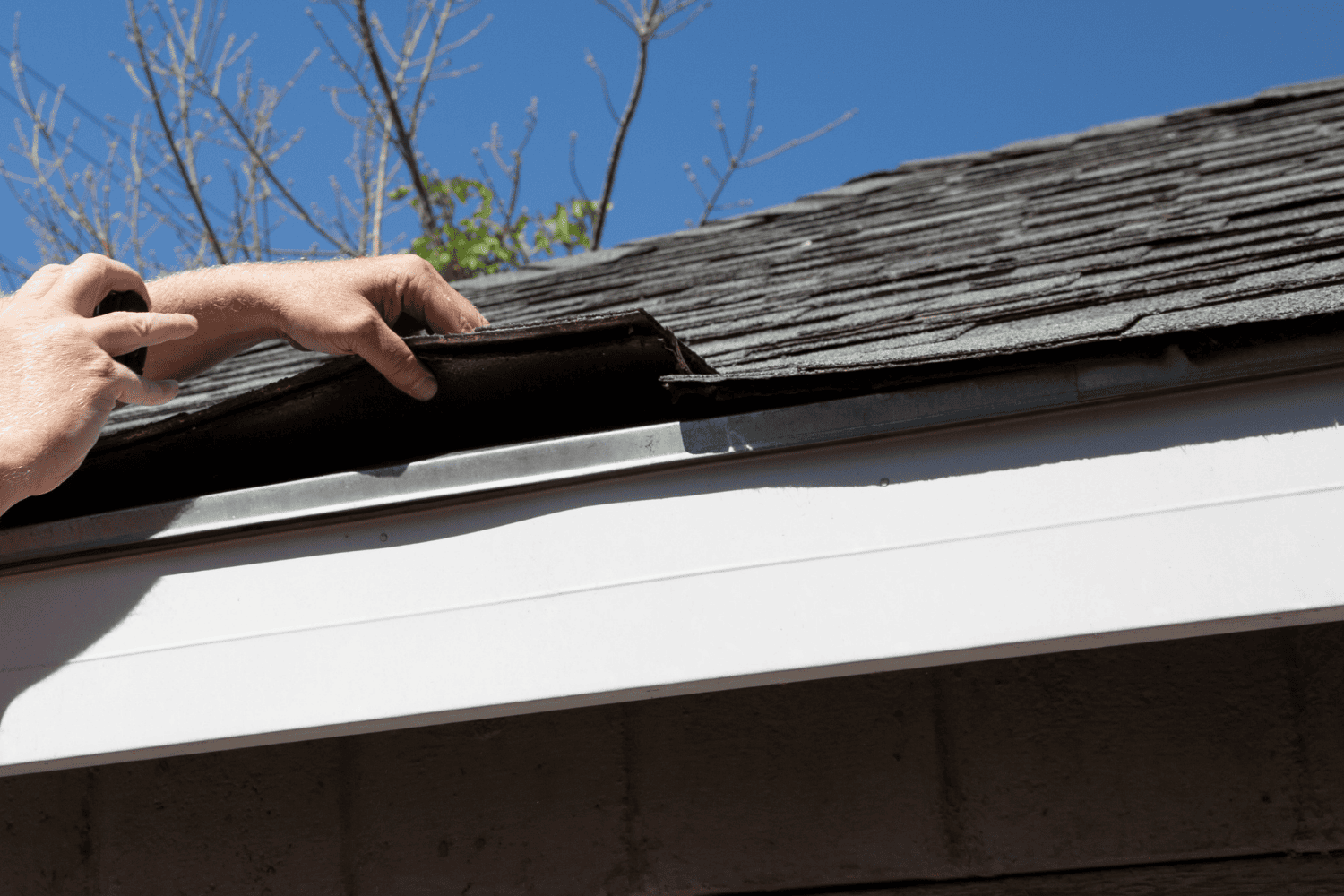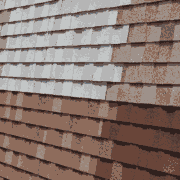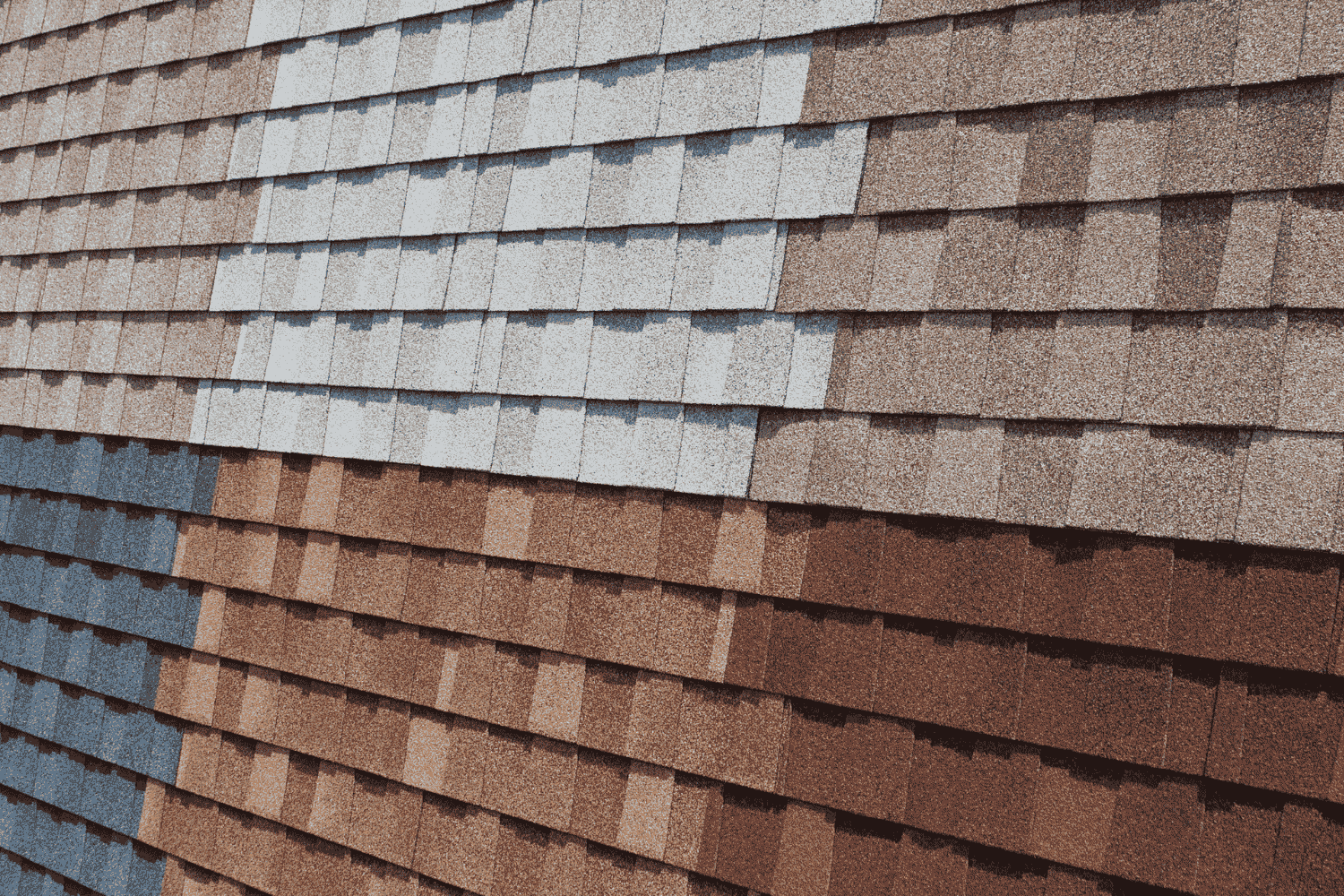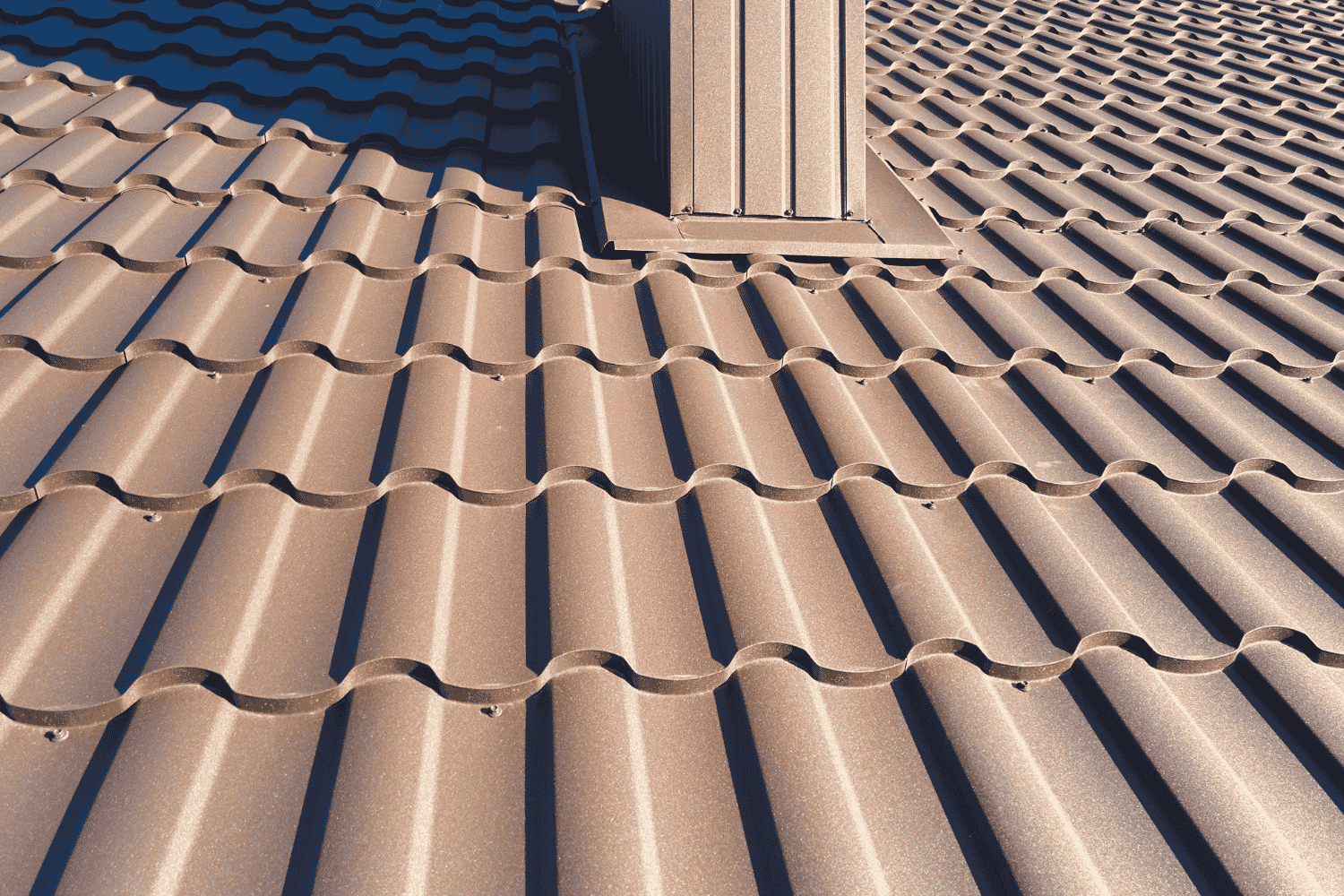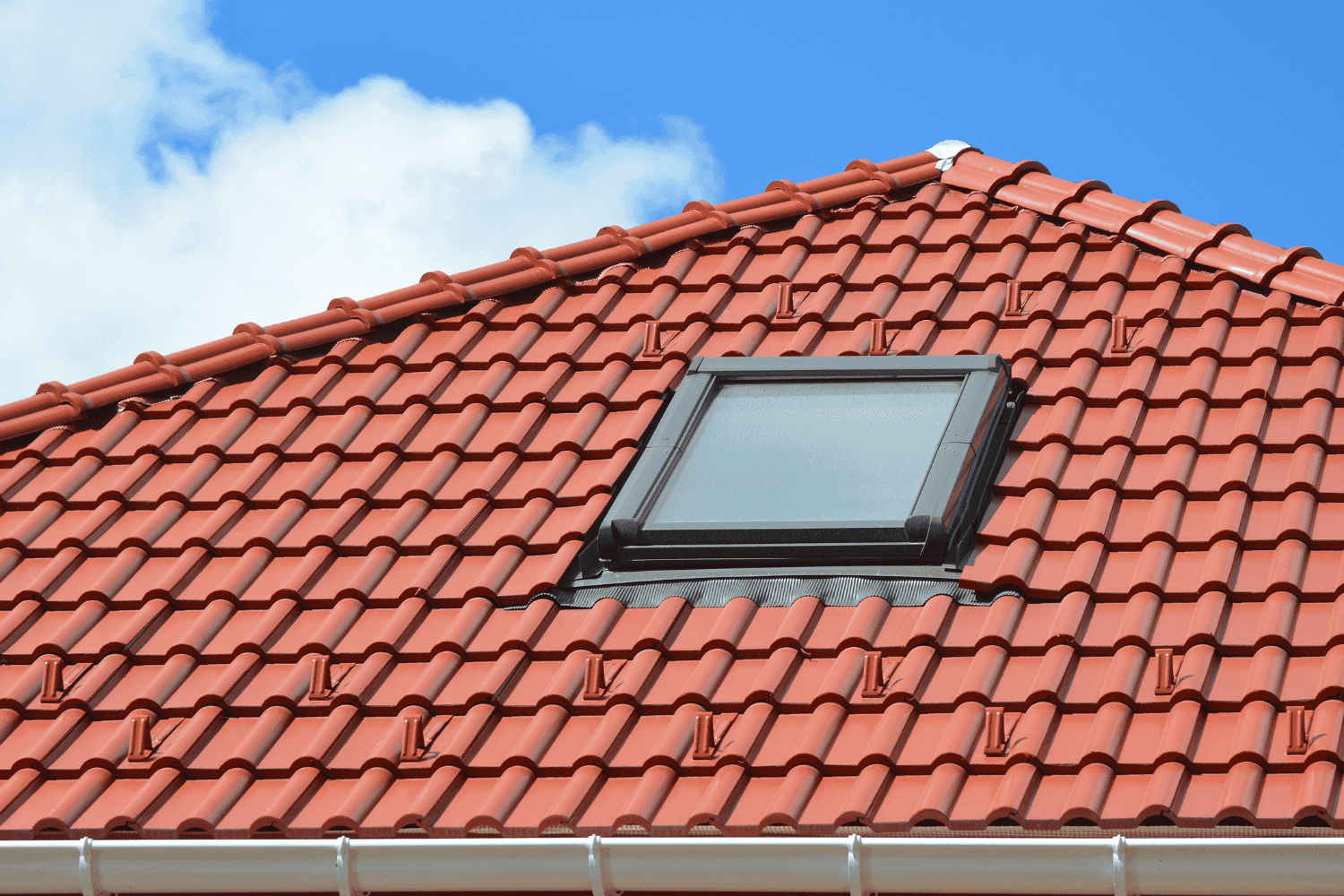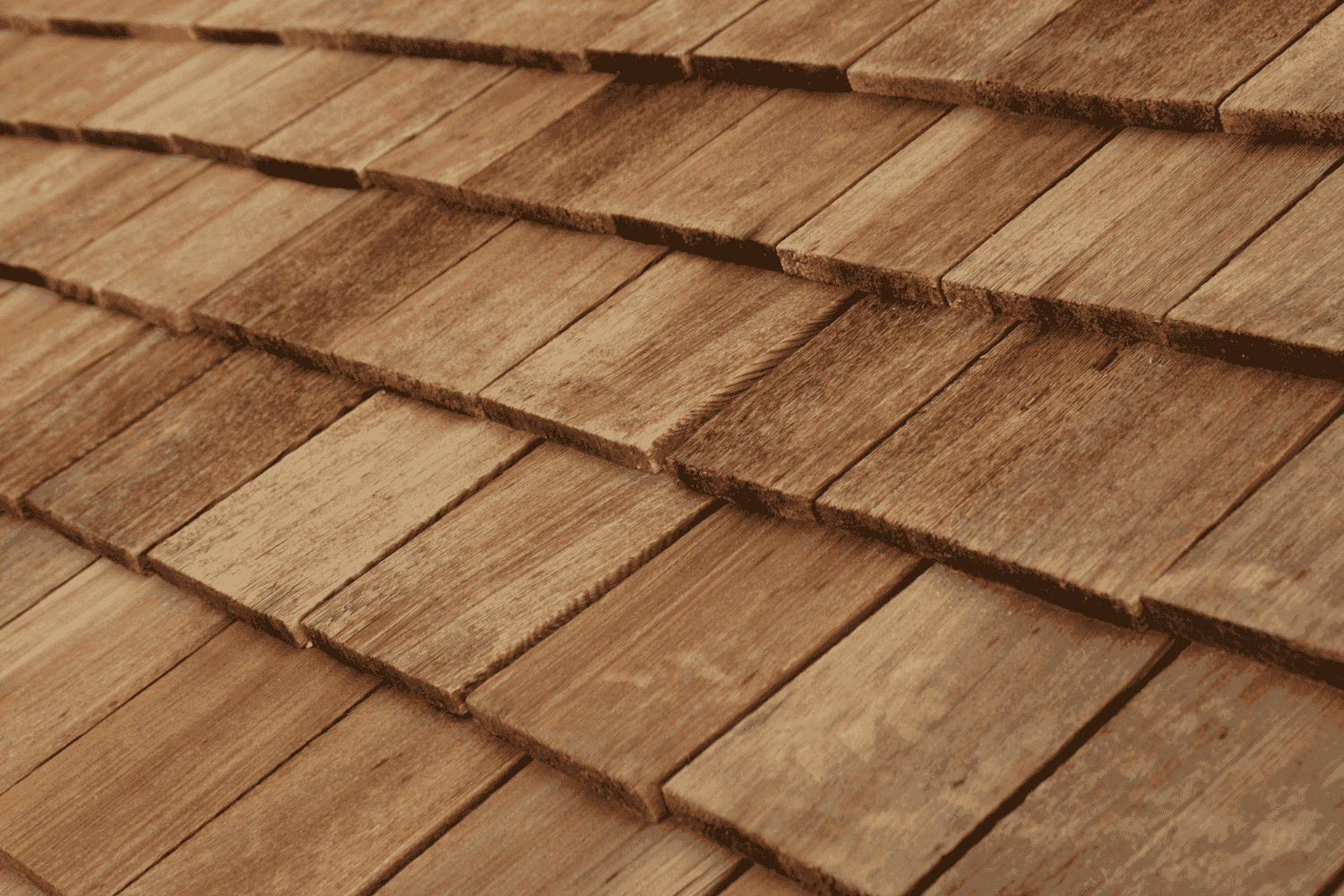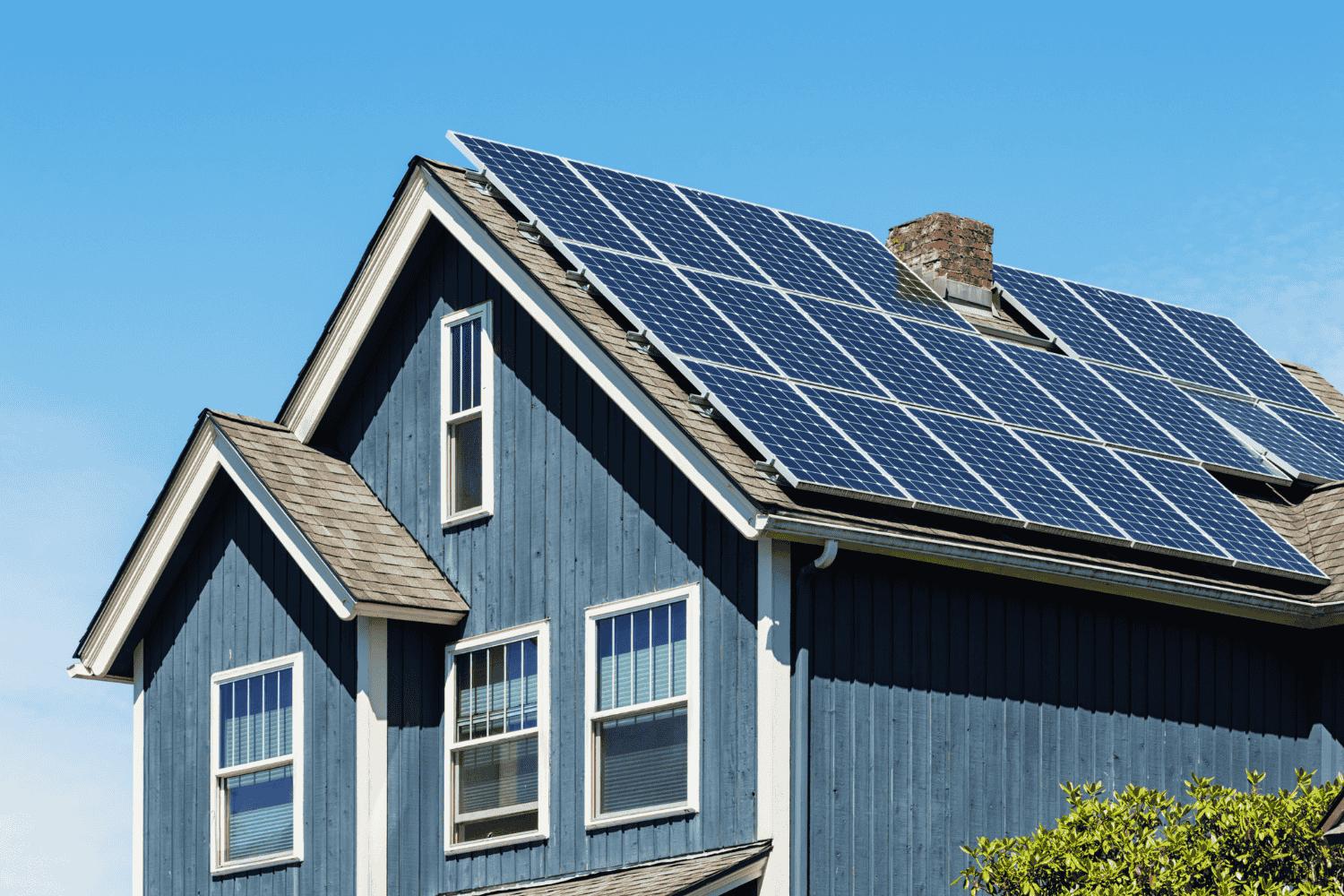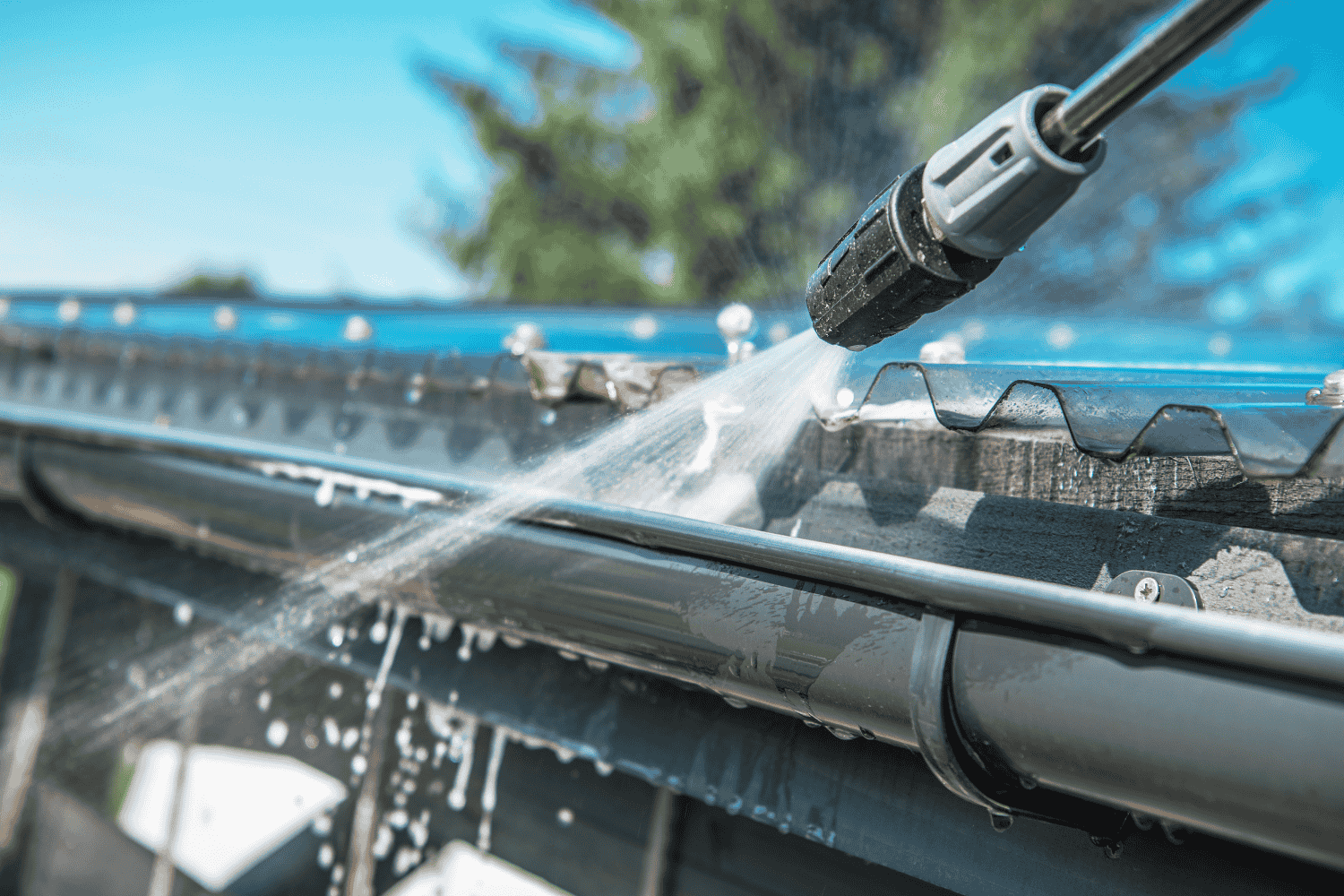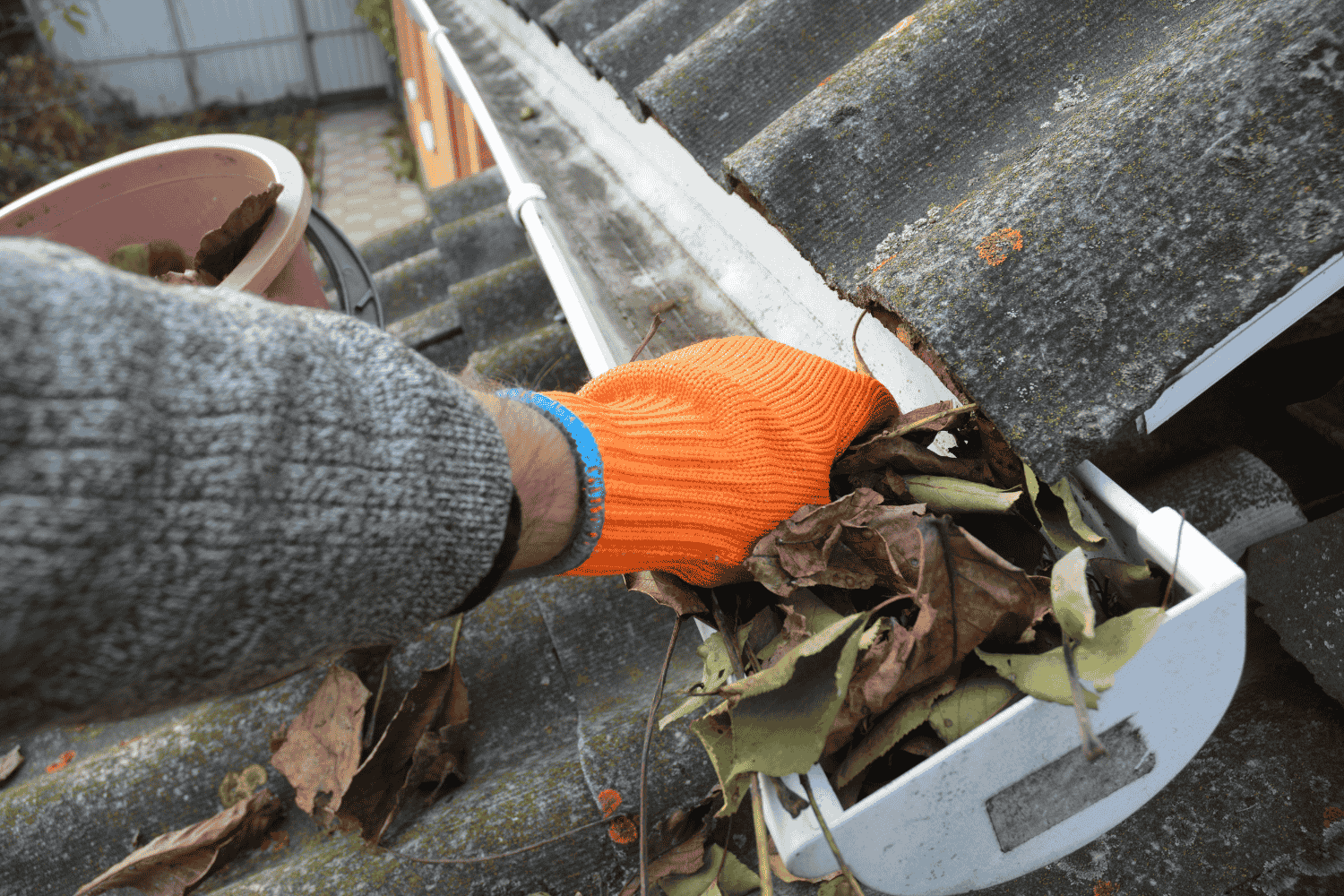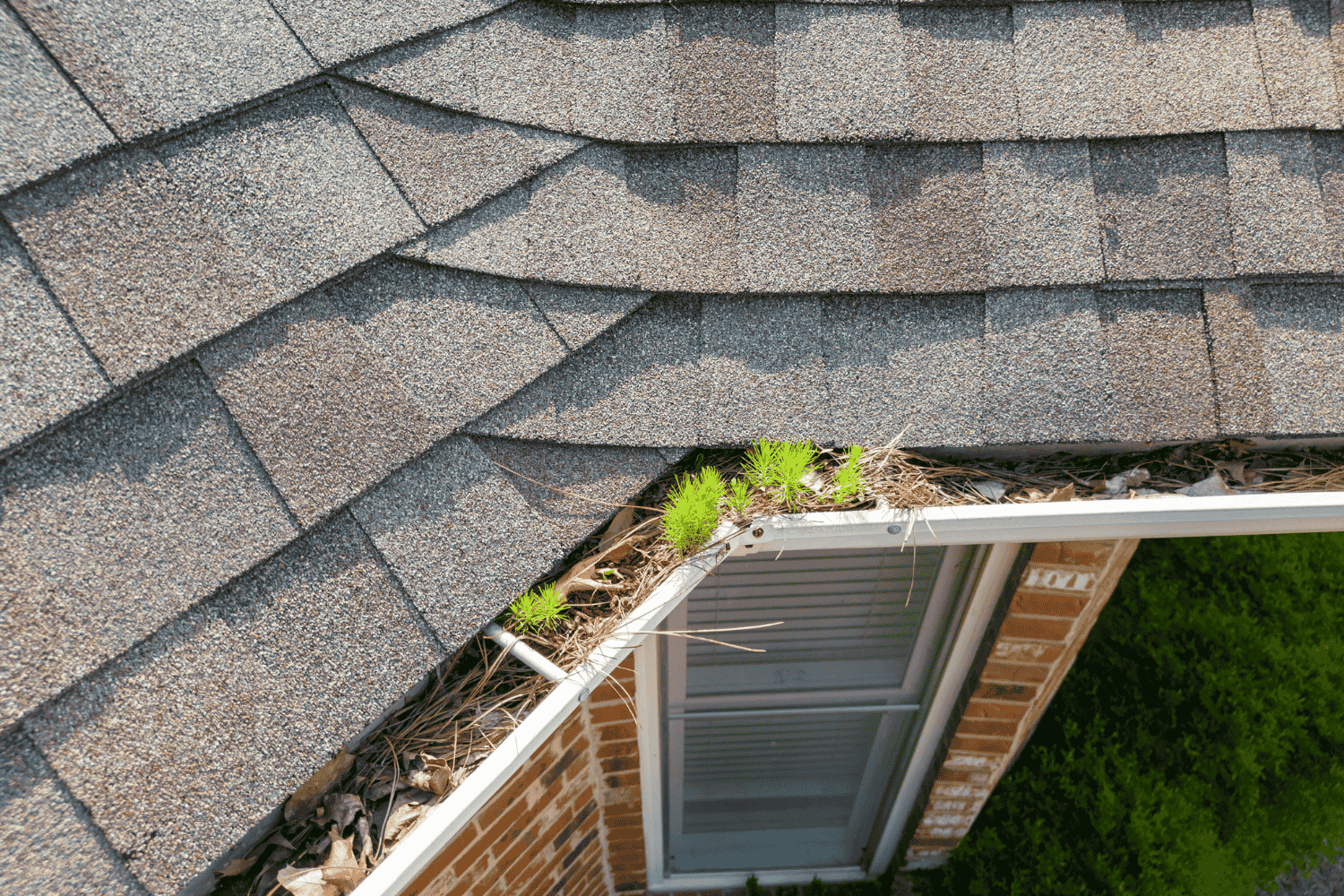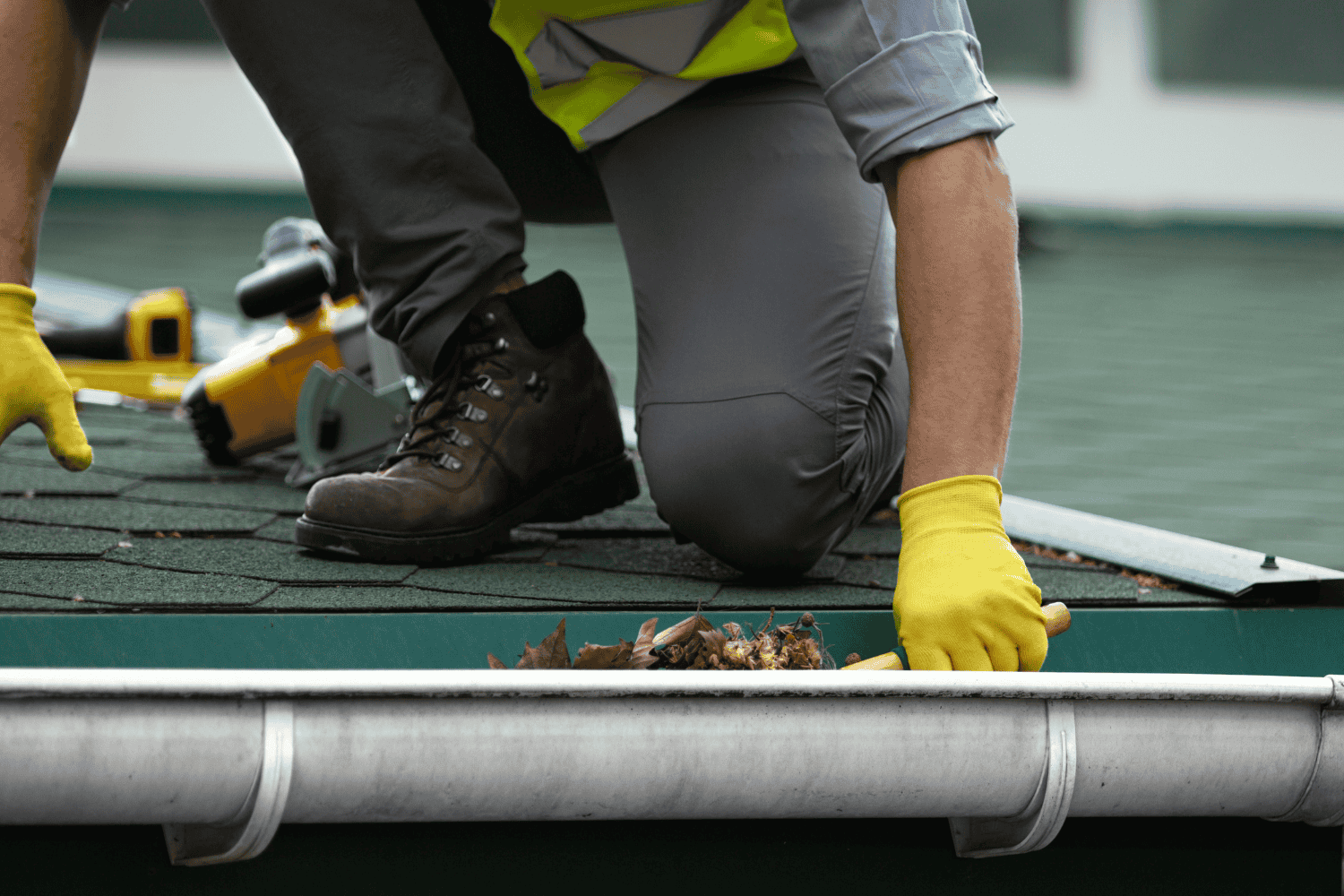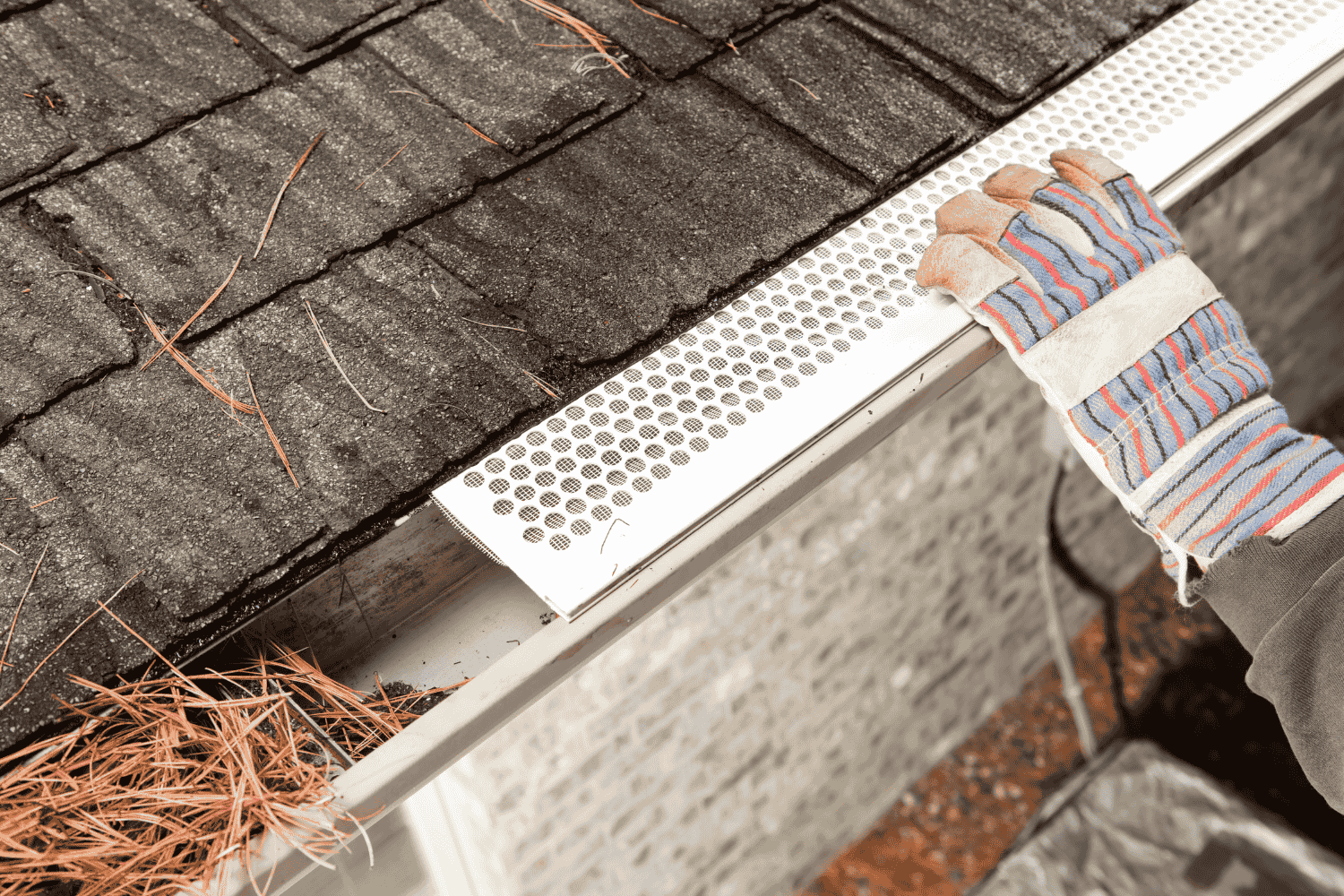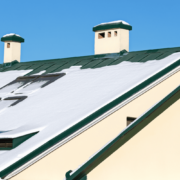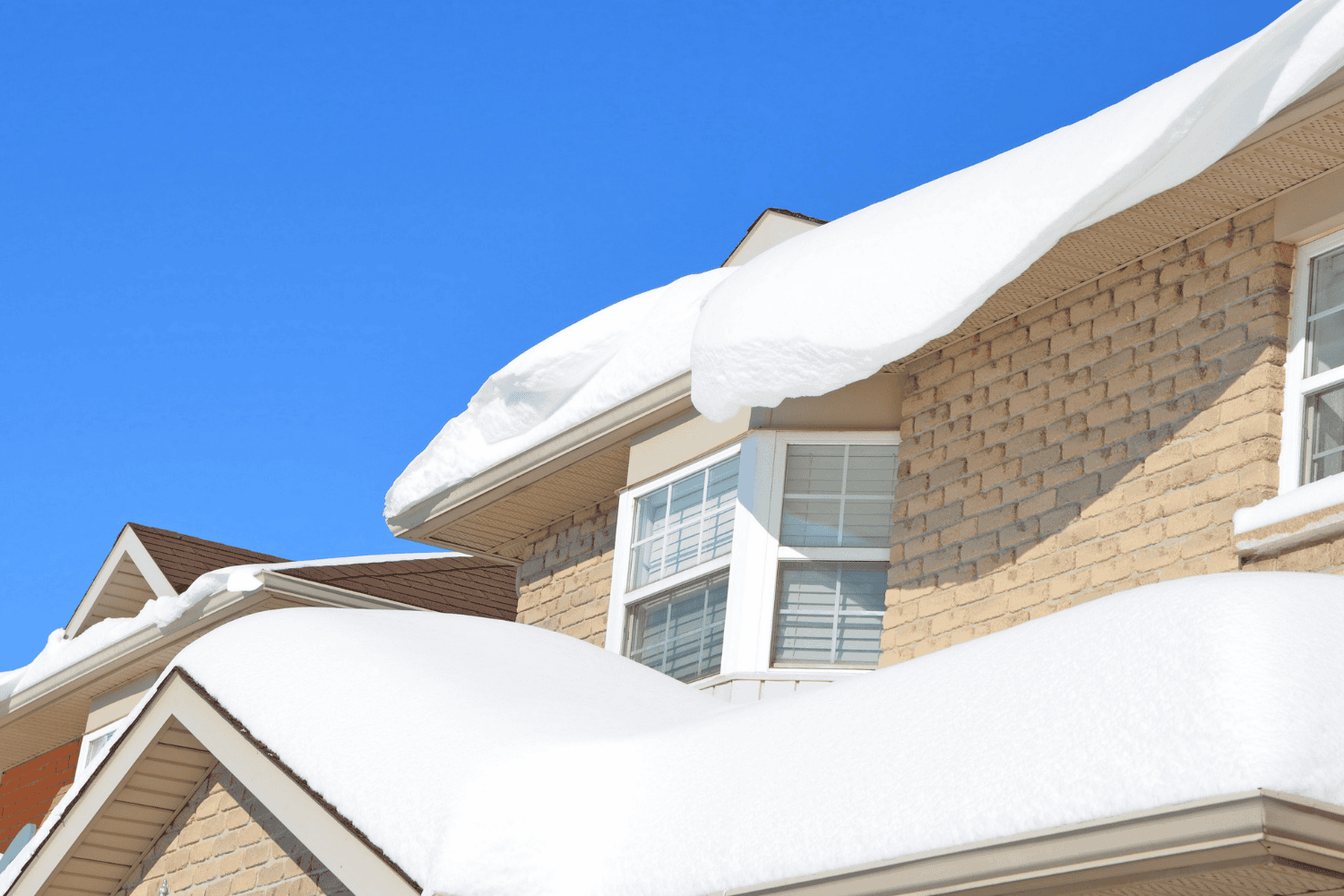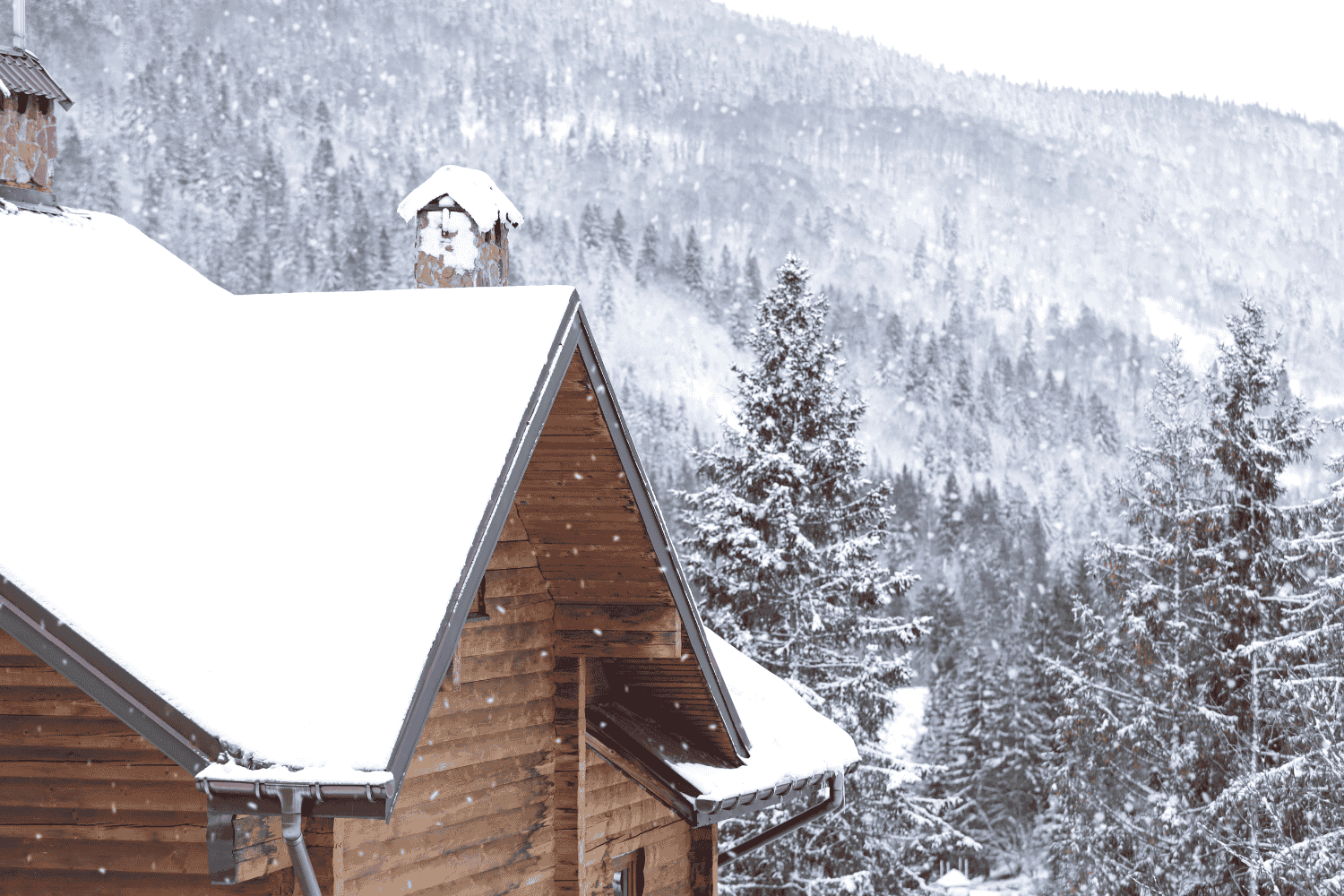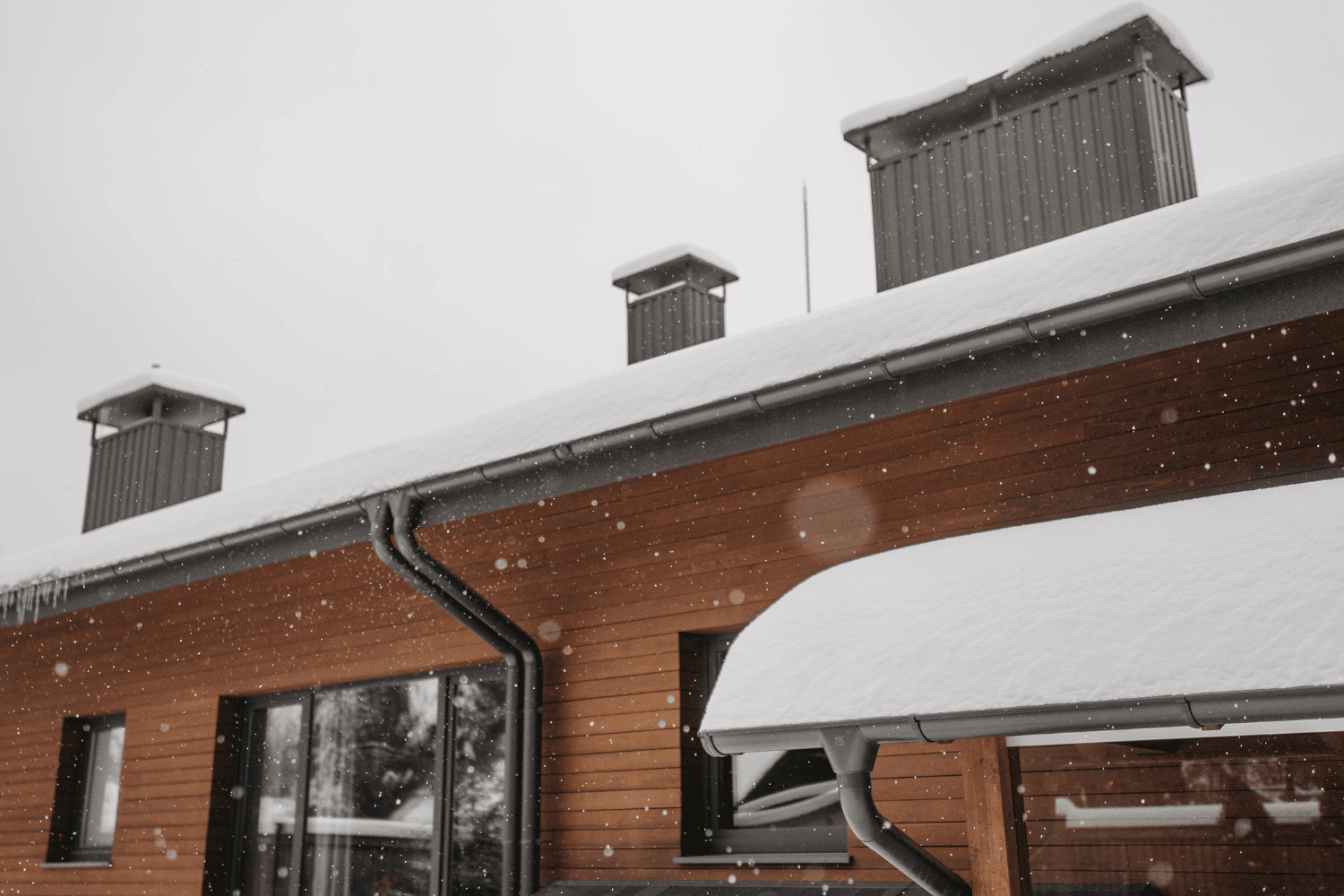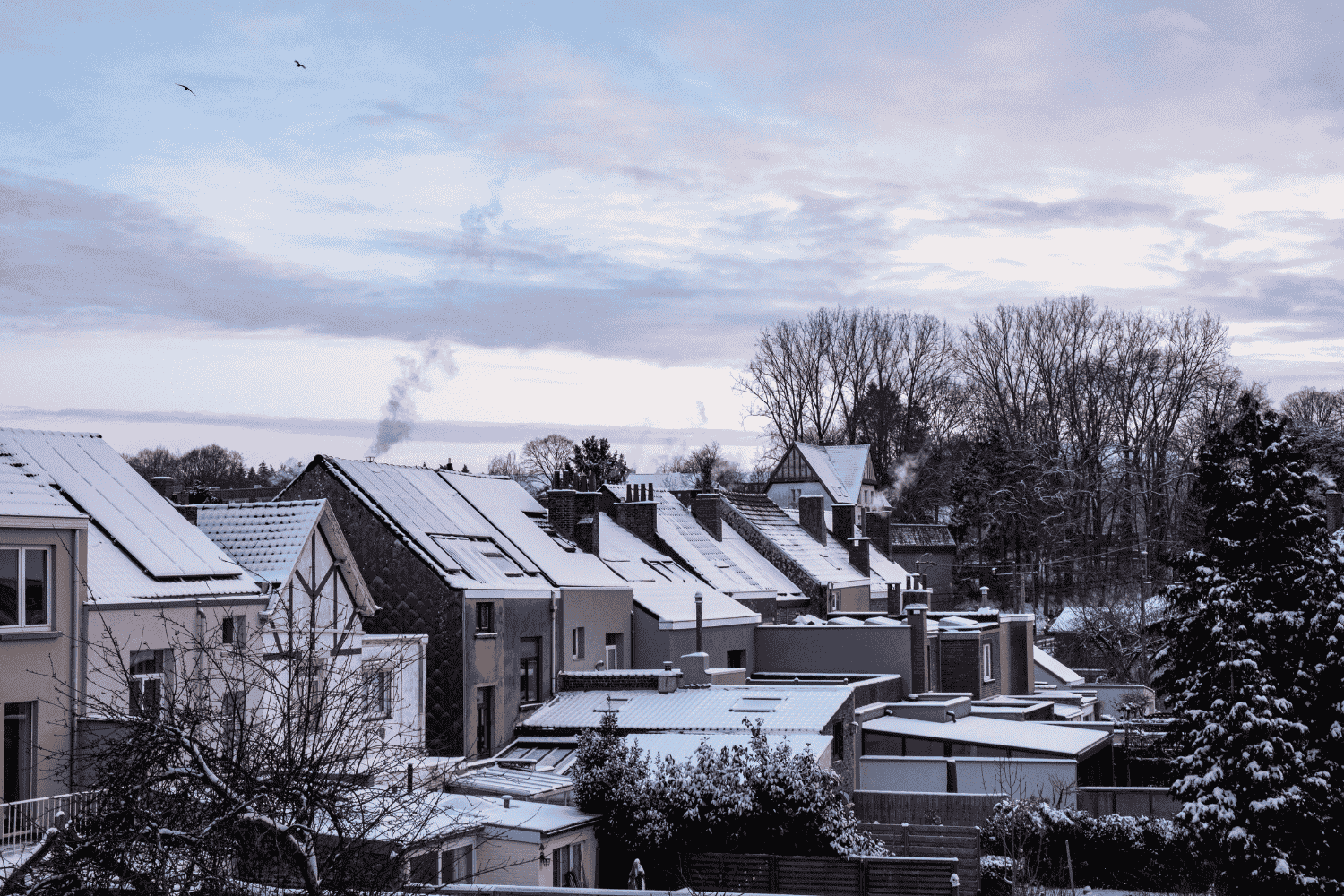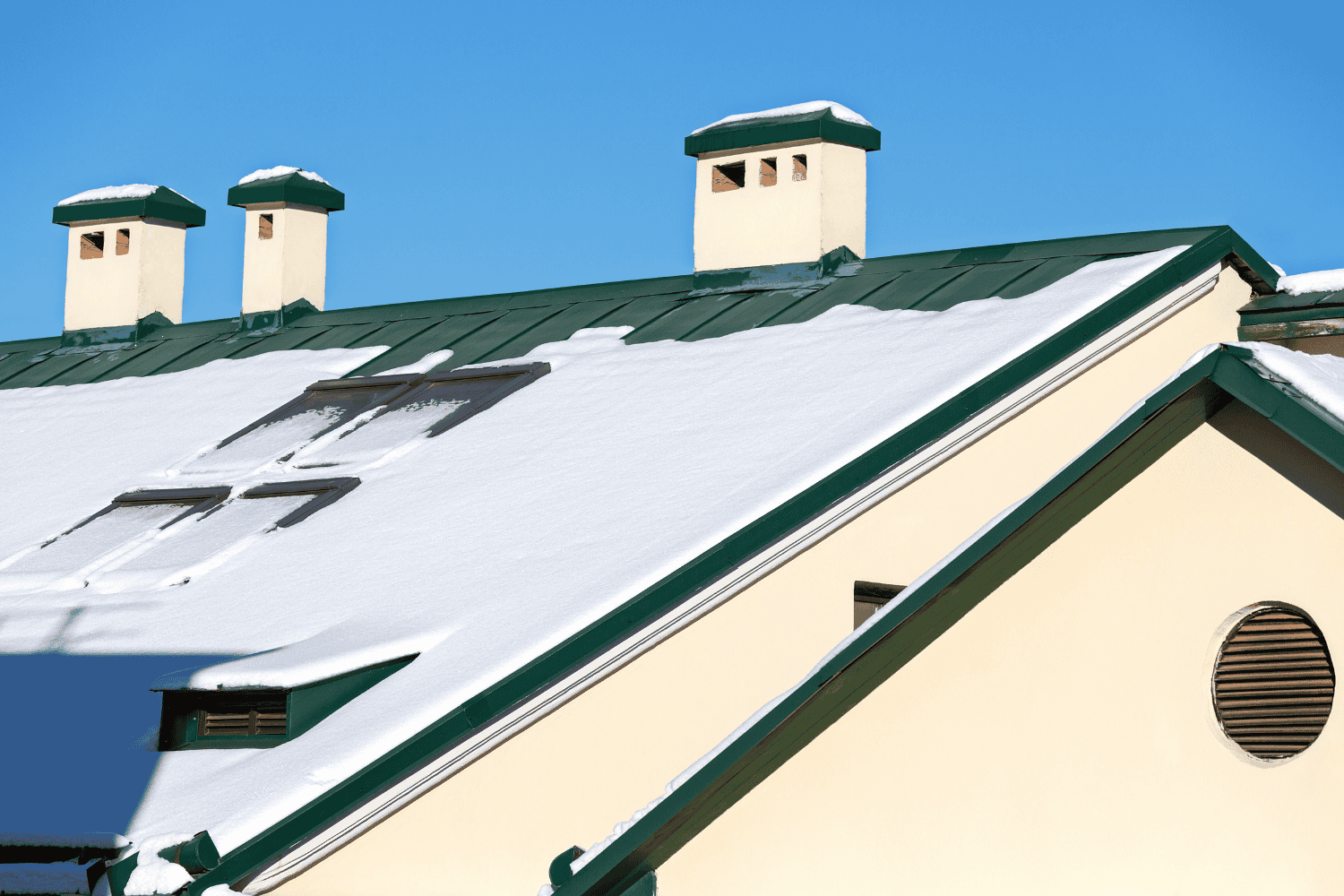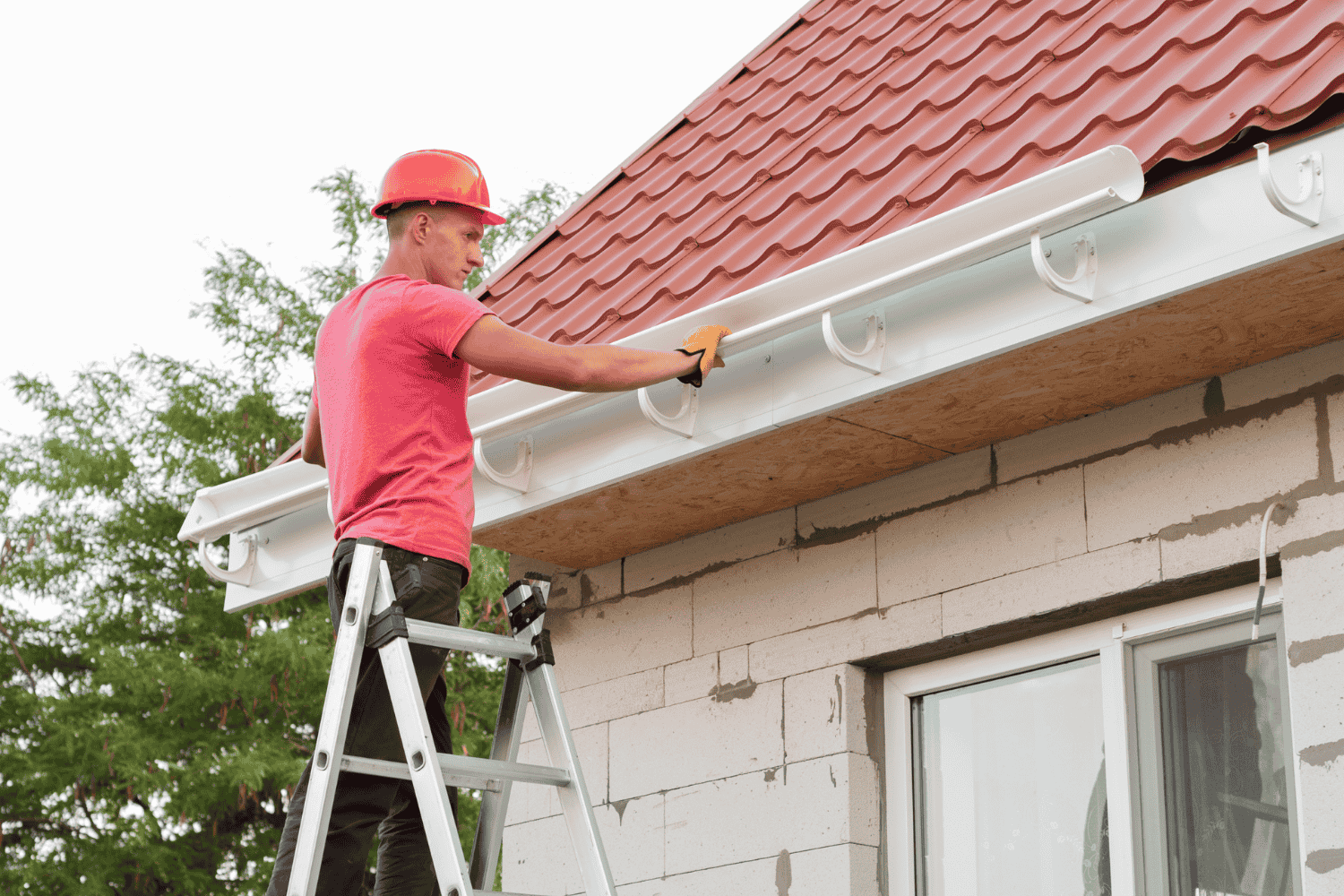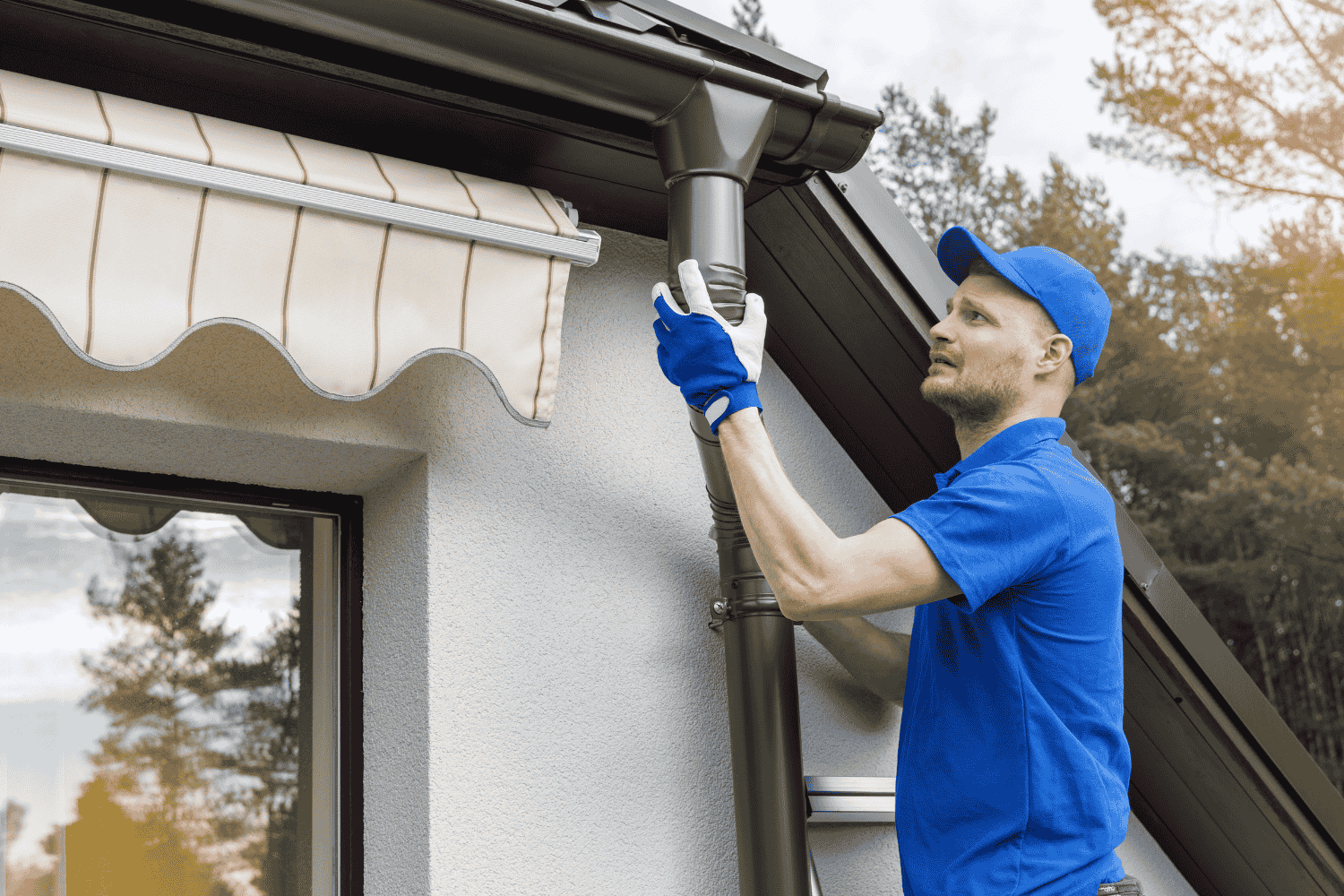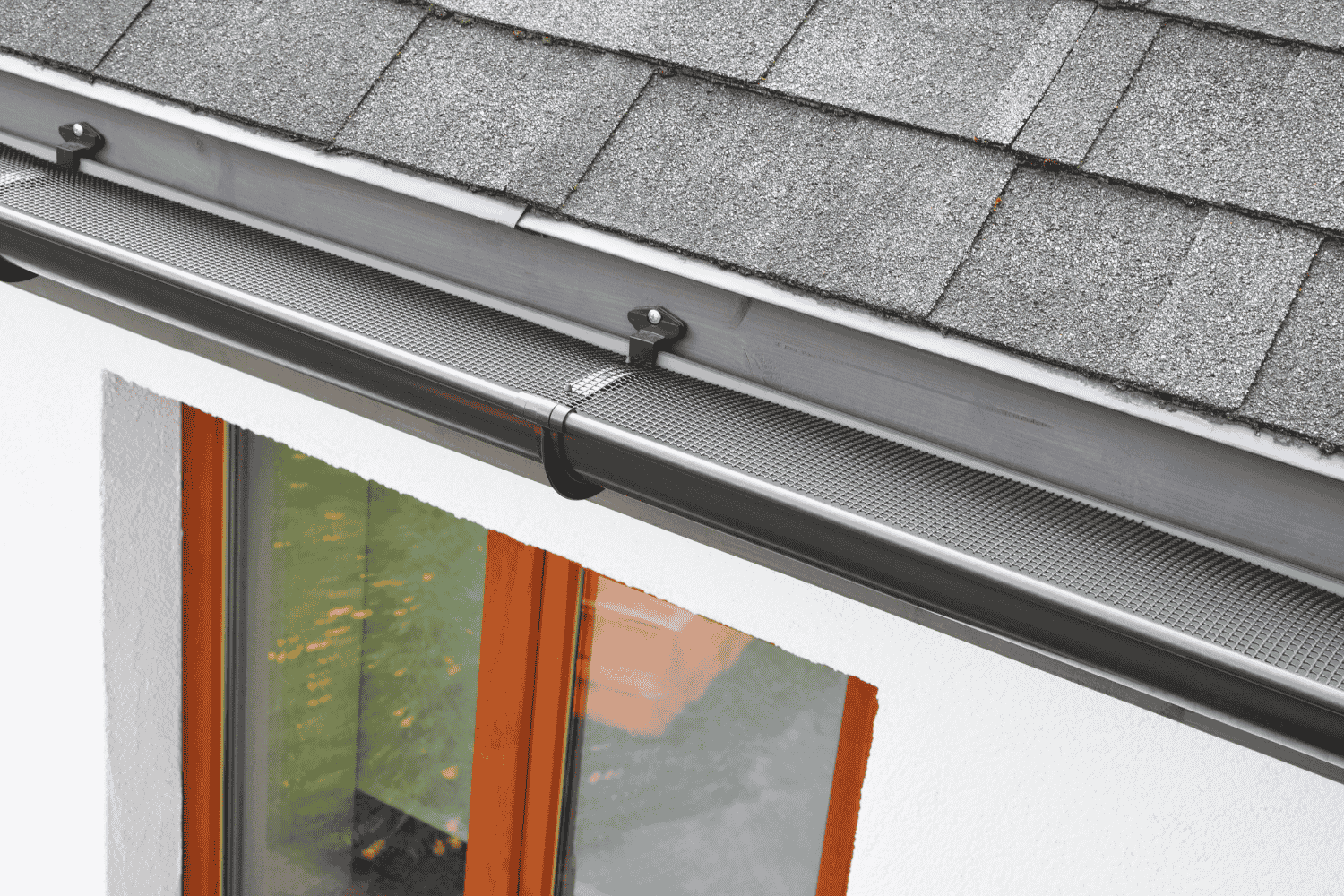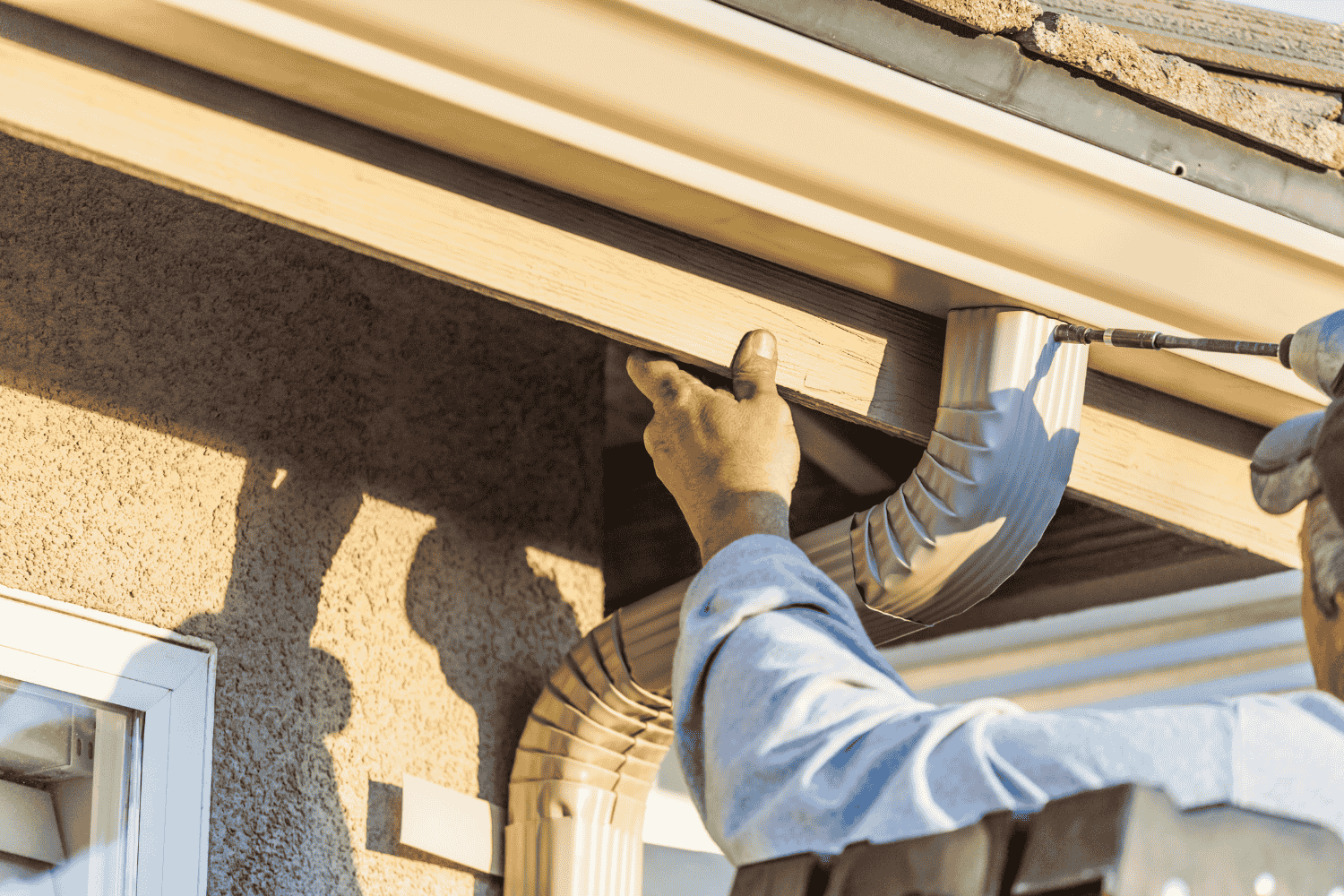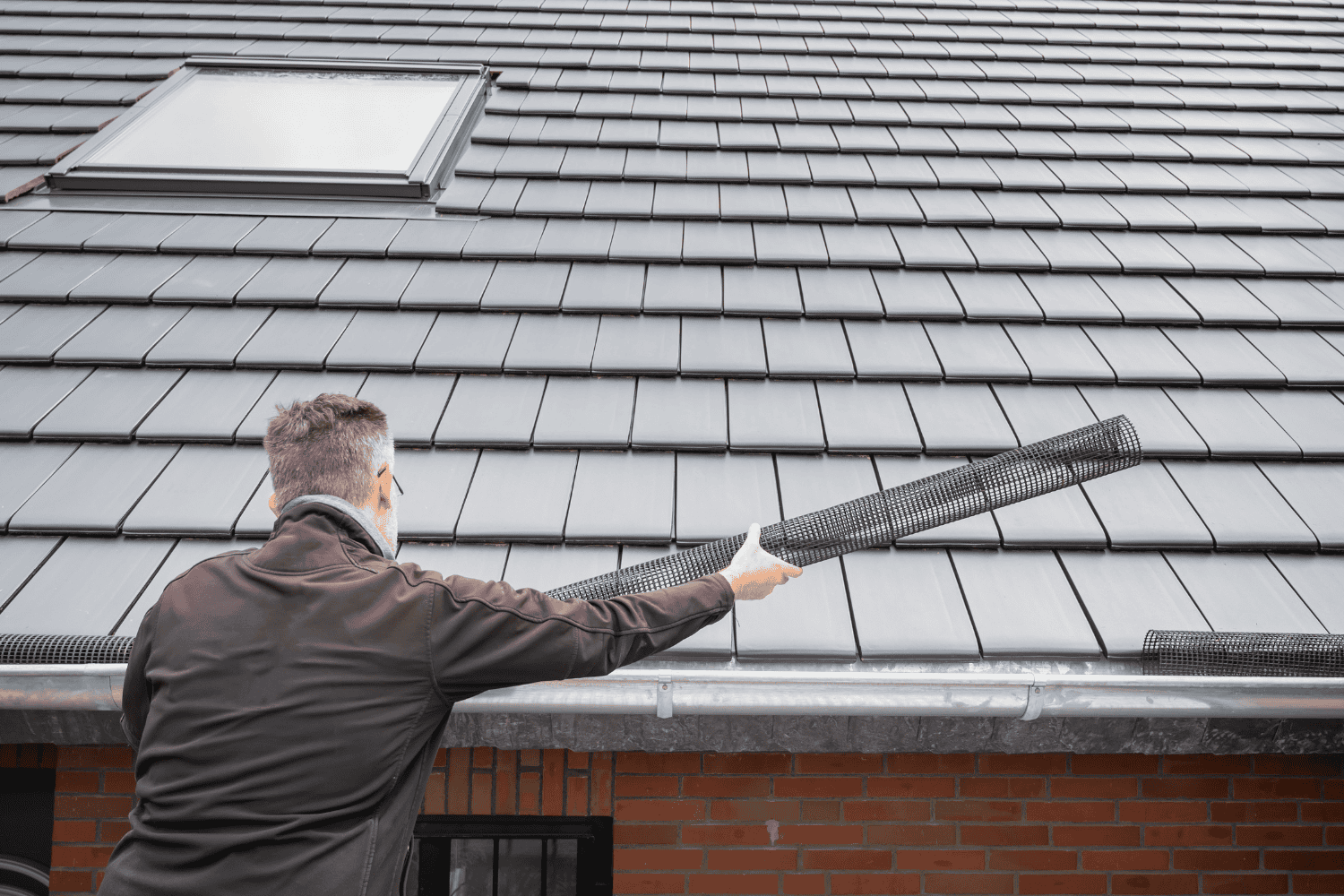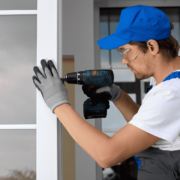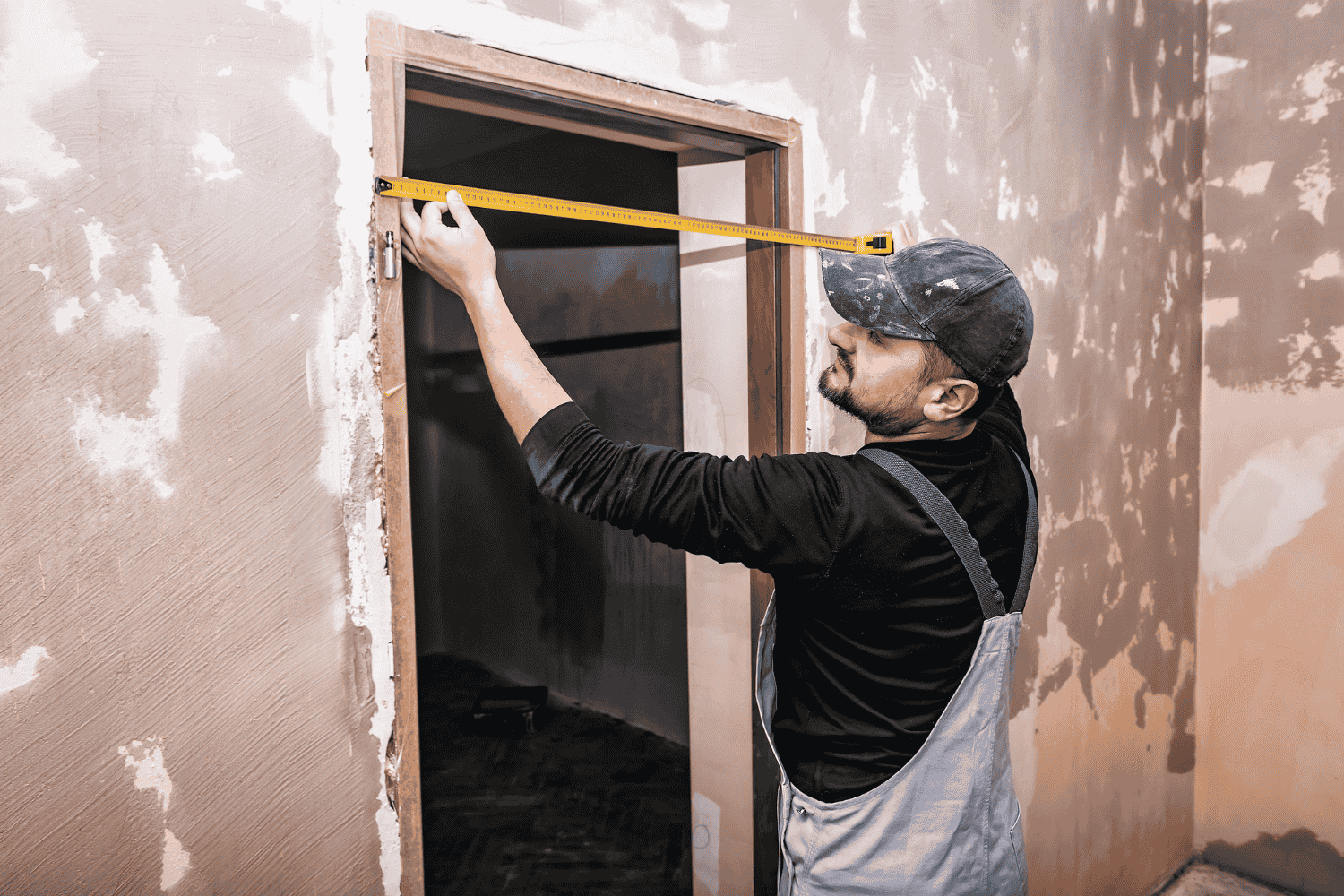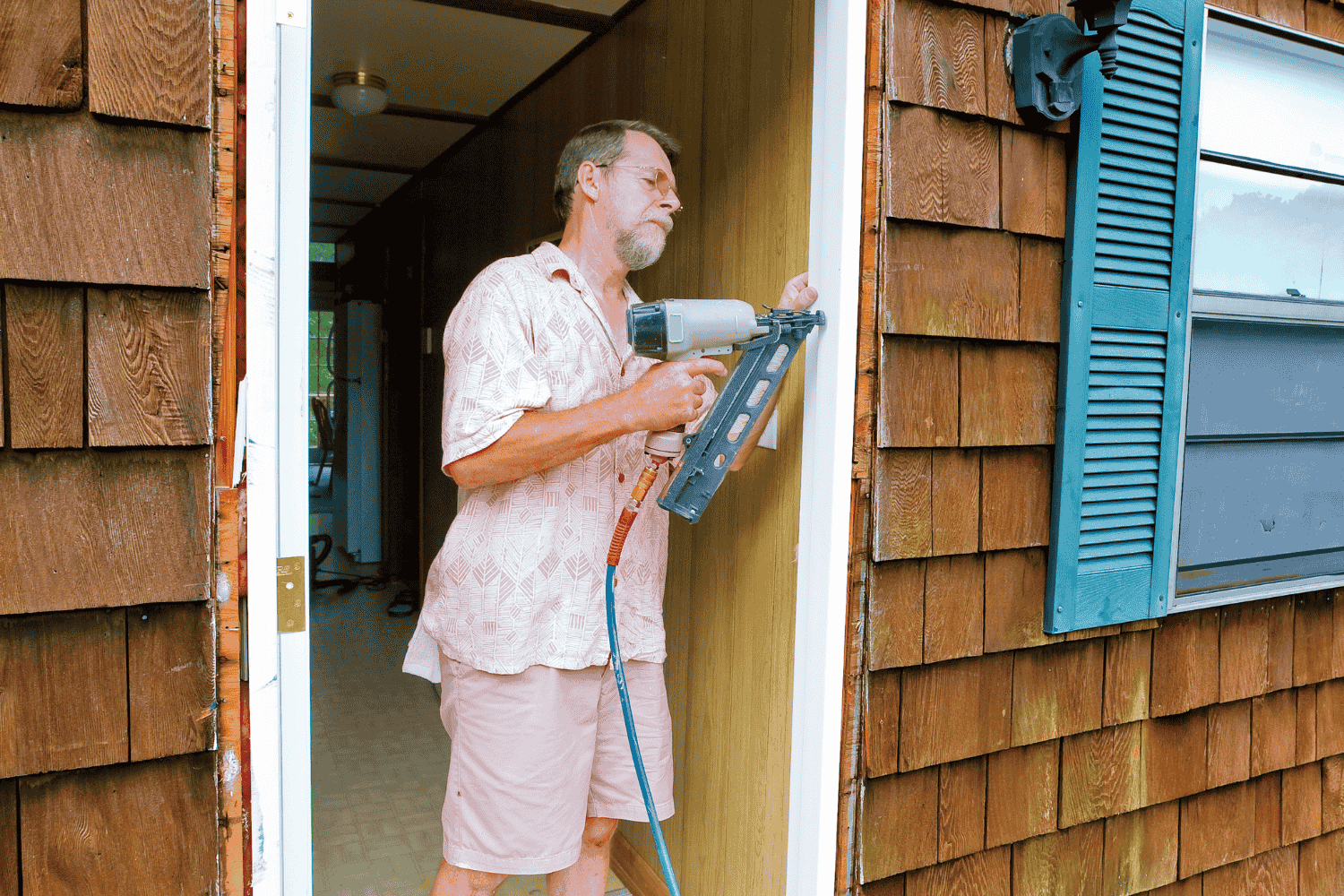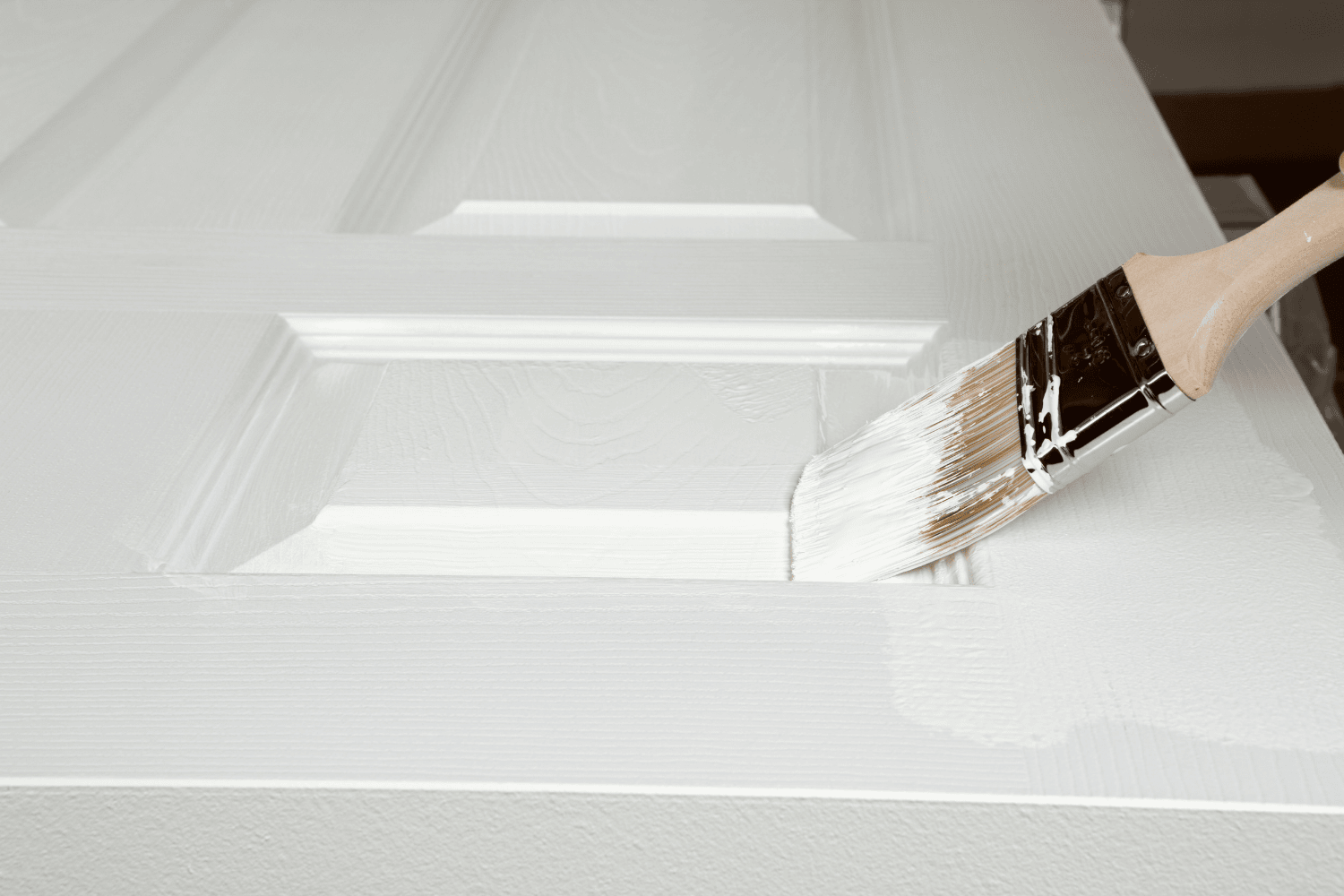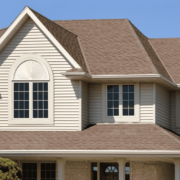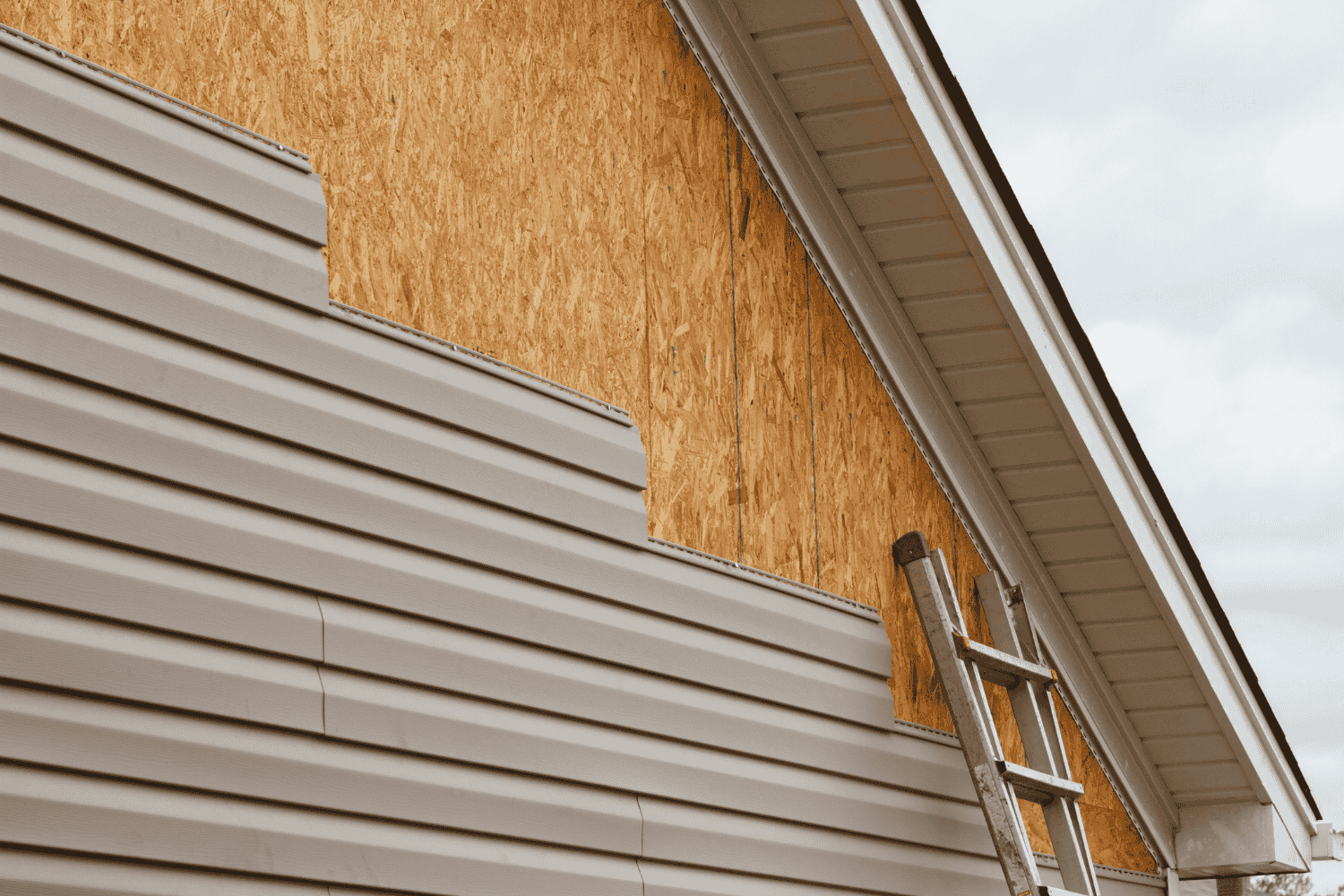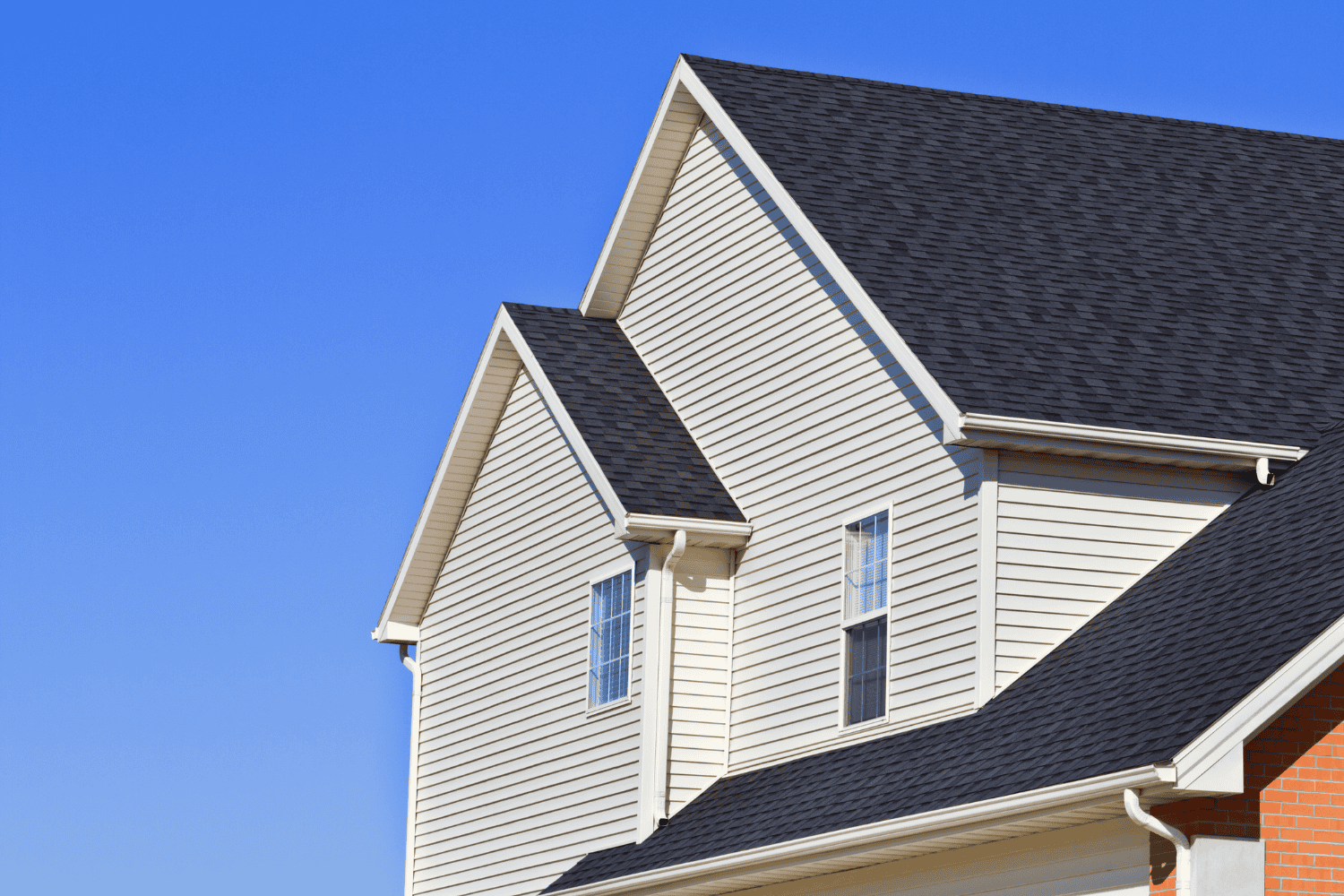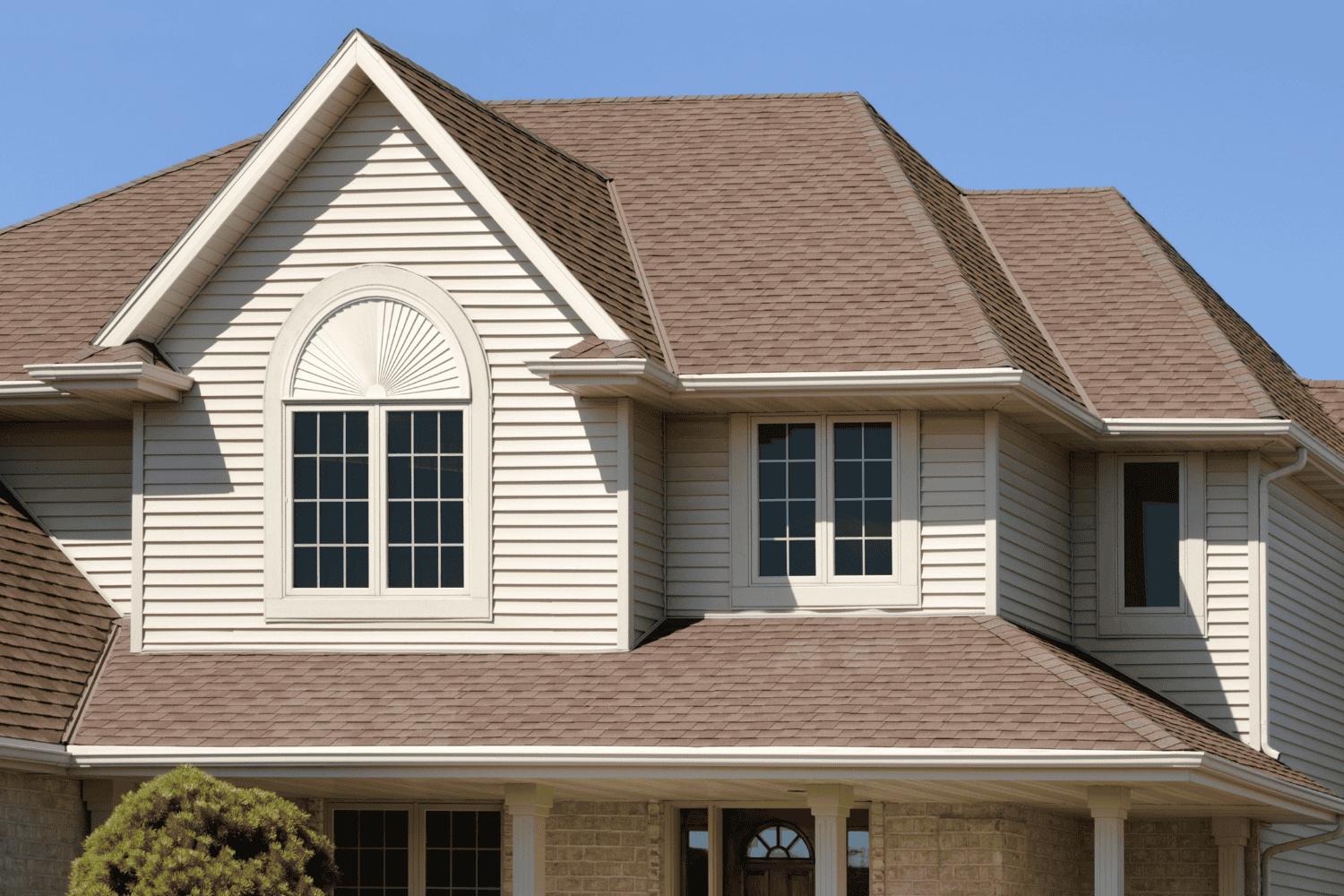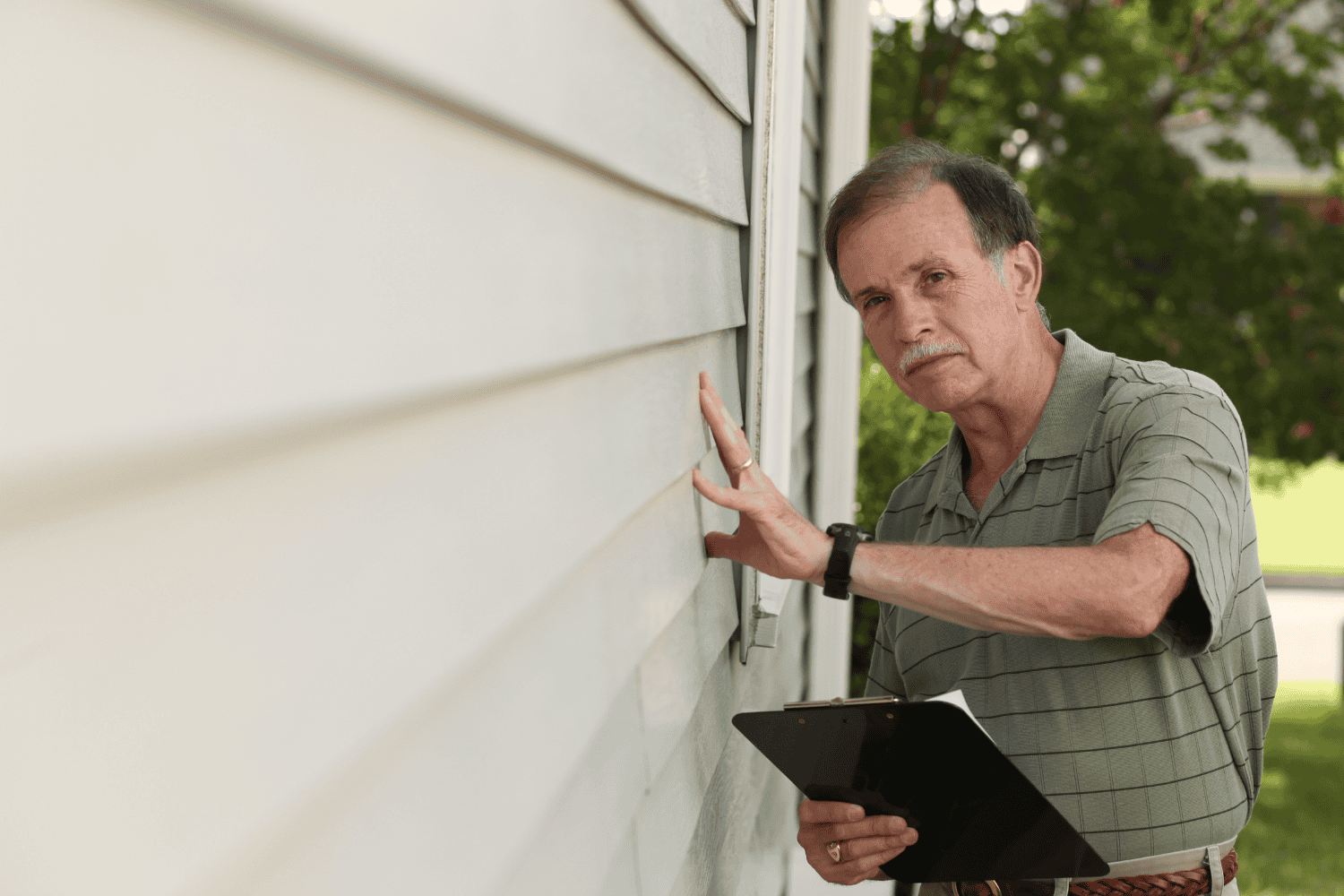Effective Tips on How to Improve the Energy Efficiency of Your Home
Key Takeaways: How to Improve the Energy Efficiency of Your Home
- Regular roof inspections help prevent energy loss.
- Upgrading insulation and ventilation keeps indoor temperatures stable.
- Energy-efficient windows reduce drafts and improve comfort.
- Reflective shingles and metal roofing cut cooling costs.
- Gutter and siding maintenance protects your home’s thermal envelope.
- Sealing cracks and air leaks prevents heat escape.
- Professional evaluations reveal energy-saving opportunities.
If you’re like most homeowners in Maryland or Virginia, you’re likely looking for ways to lower your energy bills without sacrificing comfort. The good news? A more energy-efficient home isn’t just better for the environment—it’s also better for your wallet. At Arocon Roofing and Construction, we specialize in exterior solutions that directly enhance your home’s energy performance. Here’s how you can get started.
Why Energy Efficiency Matters
Energy-efficient homes require less energy to heat, cool, and operate, which means reduced utility bills and a smaller environmental footprint. Improving energy efficiency is also a proactive way to combat climate change by lowering greenhouse gas emissions. With the Mid-Atlantic’s variable climate, home energy improvements offer both immediate and long-term returns. By making targeted upgrades, you can improve your home’s energy performance and enjoy greater comfort and savings.
Start with a Roof Inspection
Your roof is your first line of defense against the elements. Roof inspections can also identify issues with venting hot air from the attic, which helps reduce indoor temperatures and improve energy efficiency during summer. An old or poorly insulated roof can leak air and force your HVAC system to work overtime. Our Roof and Gutter Tune-Up service, starting at $199, helps identify and fix these inefficiencies quickly and affordably.
Upgrade Your Insulation and Ventilation
Proper attic insulation and ventilation reduce heat gain in summer and heat loss in winter. Choosing insulation with a high r value is important to maximize thermal resistance and energy savings. This balances your indoor temperature and lowers energy usage. Proper ventilation ensures good air flow, which is essential for maintaining indoor comfort and energy efficiency. Arocon can evaluate your current attic configuration and suggest optimal upgrades. Adding insulation during upgrades can significantly improve energy efficiency.
Install Energy-Efficient Windows
Old, drafty windows and doors are a major source of energy loss. We install high-performance Vytex and ProVia windows designed to reduce air leakage, improve insulation, and help reduce energy loss. Energy-efficient windows and insulated curtains can help retain more heat in winter, resulting in less heat escaping from your home.
Choose Reflective and Insulated Roofing Materials
Architectural shingles and metal roofing reflect more sunlight than traditional materials, helping reduce cooling loads—these reflective roofing materials are especially effective during hot weather to keep homes cooler. Ask us about GAF and Owens Corning shingles for long-term energy savings.
Maintain Your Gutters and Siding
Clogged gutters and damaged siding can trap moisture and reduce insulation efficiency. Routine maintenance keeps your exterior in top shape and supports energy performance.
Regular gutter and siding maintenance is an important part of energy-saving home improvements.
Seal Air Leaks and Cracks
Gaps around doors, windows, and in your attic can let conditioned air escape, leading to wasting energy. Sealing these openings with caulk, foam, or weather stripping is an effective way to reduce drafts and maintain a consistent indoor temperature year-round. Air sealing is a cost-effective method to prevent wasting energy and improve your home’s overall efficiency.
Consider Siding Upgrades
Upgrading to insulated siding like James Hardie and LP SmartSide can improve your home’s energy efficiency by reducing heat loss and minimizing drafts. These materials help lower energy costs by keeping your home warmer in winter and cooler in summer. They offer both beauty and performance in one package, making them a smart choice for boosting home energy efficiency.
Optimize Your Heating and Cooling Systems
Optimizing your heating and cooling systems is one of the most effective ways to improve your home’s energy efficiency and reduce overall energy consumption. Upgrading to a modern heat pump system can provide both heating and cooling for your living space, using less energy than traditional systems and helping you save money on your energy bills. Regular maintenance of your HVAC system—such as changing air filters, checking for leaks in air ducts, and scheduling professional inspections—ensures your system runs efficiently and prevents unnecessary energy loss. Installing a smart thermostat is another smart move; these devices learn your schedule and preferences, automatically adjusting temperatures to minimize wasted energy while keeping your home comfortable. By taking these steps, you can maintain energy efficiency, reduce heating and cooling costs, and enjoy a more comfortable and cost-effective home environment.
Upgrade to Energy-Efficient Lighting
Switching to energy-efficient lighting is a simple yet impactful way to boost your home’s energy efficiency and lower your energy bills. Replacing outdated incandescent bulbs with LED lighting can dramatically reduce your energy consumption, as LEDs use less energy and last much longer, meaning fewer replacements and more savings over time. For the best results, look for Energy Star certified lighting products, which meet strict energy efficiency standards set by the Environmental Protection Agency. Adding dimmer switches and motion sensors can further help you save energy by ensuring lights are only on when needed and at the right brightness. These upgrades not only help you save energy and money, but also enhance the comfort and ambiance of your home while supporting a more sustainable lifestyle.
Explore Solar Energy Solutions
Harnessing solar energy is a powerful way to save energy, reduce your reliance on fossil fuels, and lower your energy bills. Installing solar panels on your roof allows you to generate your own electricity, which can significantly cut your monthly energy bill and even increase your home’s value. Solar energy solutions also include solar water heaters, which use the sun’s power to provide hot water while reducing your home’s energy consumption. Many homeowners are eligible for local and federal tax credits, making solar installations more affordable and offering a faster return on investment. By exploring solar energy options, you can enjoy the benefits of renewable energy, reduce your carbon footprint, and make a positive impact on both your wallet and the environment.
Take Advantage of Tax Credits and Incentives
Making energy efficiency improvements to your home is more affordable than ever thanks to a variety of tax credits and incentives. Federal and state programs offer significant savings for upgrades like installing solar panels, heat pump water heaters, and other energy-efficient appliances. Many utility companies also provide rebates for replacing old appliances with Energy Star certified models, helping you save energy and reduce your energy consumption. To maximize your savings, consider scheduling a professional energy audit to identify the most effective energy efficiency upgrades for your home. By taking advantage of these financial incentives, you can reduce your energy bills, make your home more energy efficient, and invest in a more sustainable future—all while enjoying the comfort and cost savings that come with a more efficient home.
Get a Professional Energy Evaluation
Not sure where to start? Arocon offers comprehensive inspections to assess your home energy performance. From roofing and ventilation to windows and gutters, we identify ways to boost efficiency and comfort. These professional evaluations can also pinpoint opportunities to improve indoor air quality and ensure your home has adequate fresh air circulation.
Frequently Asked Questions
How can I tell if my home is energy efficient? You may notice high utility bills, uneven temperatures, or drafty rooms. Monitoring your electricity use and lighting accounts can help identify areas for improvement, such as inefficient lighting or appliances. A professional energy audit can pinpoint specific areas for improvement.
Do energy-efficient upgrades really save money? Yes, they can significantly reduce heating and cooling costs over time, often with noticeable savings within the first year. Upgrading large appliances, using energy-efficient clothes dryers, and installing efficient water heaters can also make a big difference in lowering your electric bill.
Which upgrade should I prioritize first? Start with the roof and attic, as heat rises and escapes through poorly insulated or ventilated areas. Windows and siding are close seconds. For comfort and saving energy, consider adding ceiling fans or upgrading your air conditioning system.
Can Arocon help with all of these improvements? Absolutely. We offer comprehensive exterior services including roofing, ventilation, windows, gutters, and siding upgrades. We also provide services related to water heating, including installation of heat pump water heaters and water tanks.
Is financing available for energy-efficient upgrades? Yes. Arocon provides flexible financing options to help homeowners invest in long-term efficiency without a large upfront cost. Incentives may also be available for upgrading large appliances, water heaters, and installing ceiling fans.
What are some practical tips for saving energy at home? Wash clothes in cold water to save energy, and consider using energy-efficient clothes dryers or hang-drying when possible. Unplug devices that draw power when not in use to reduce phantom loads. Maximize natural light by opening blinds or installing skylights, which can make a big difference in reducing electricity use and improving comfort.

